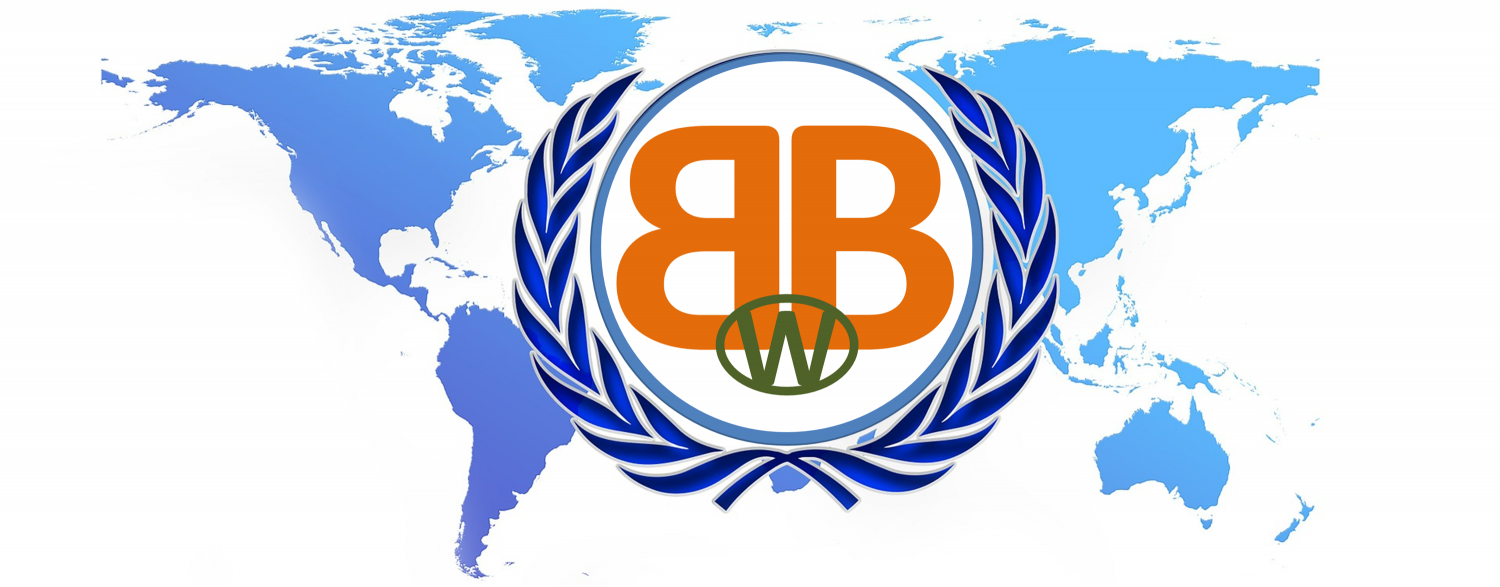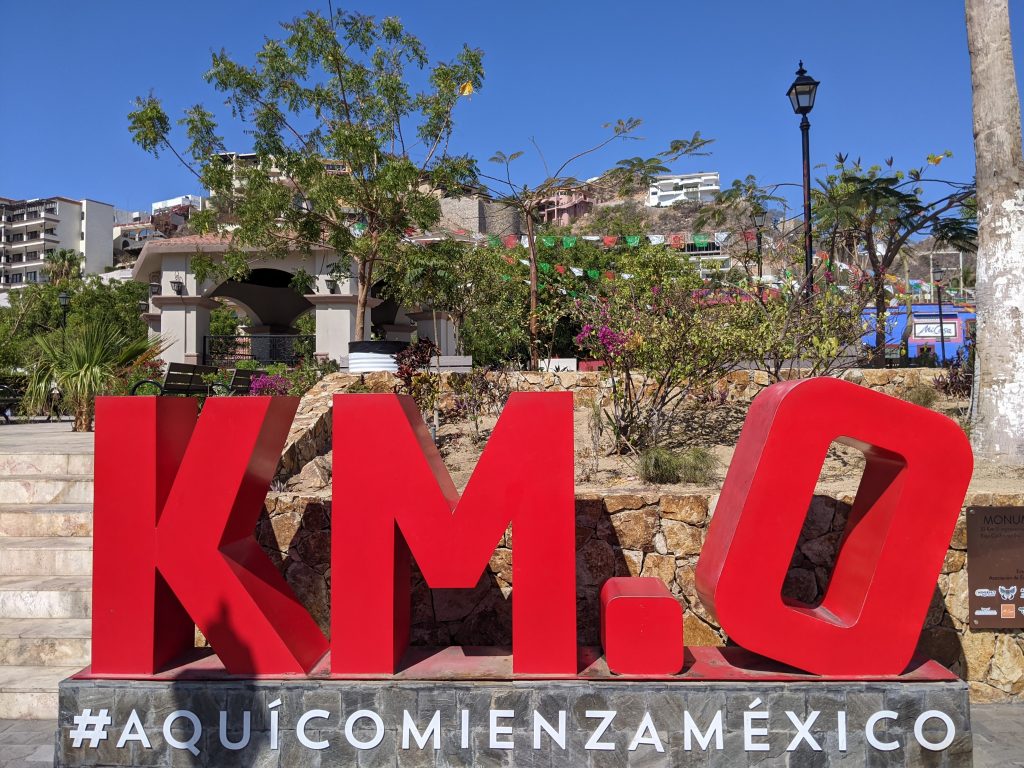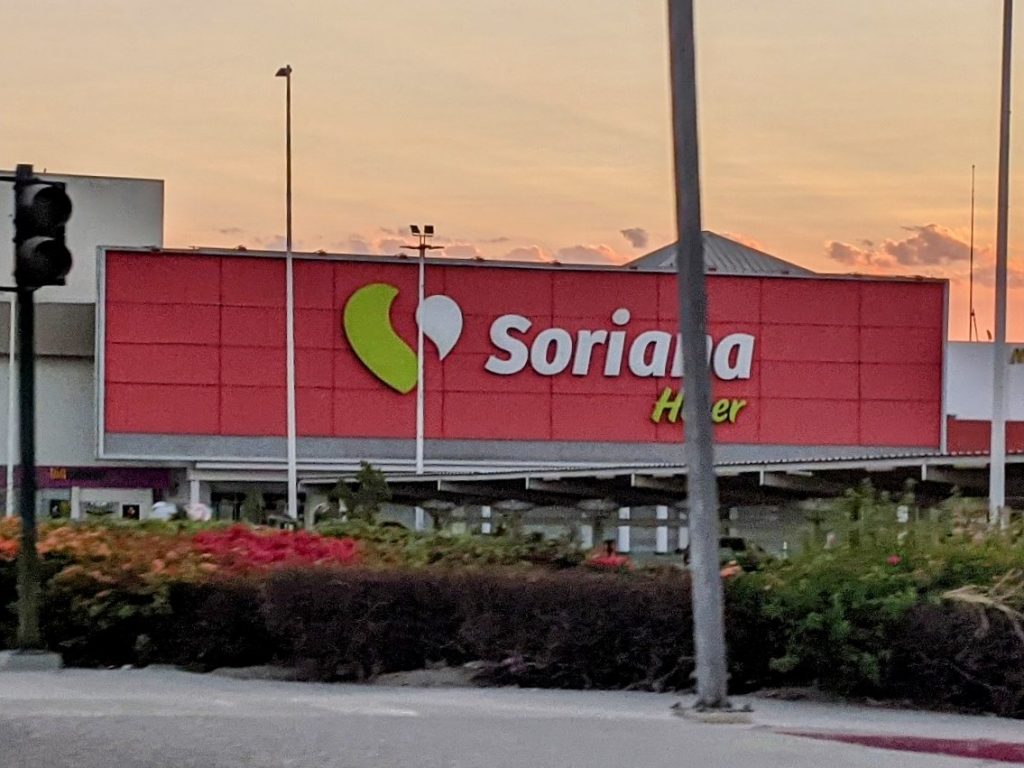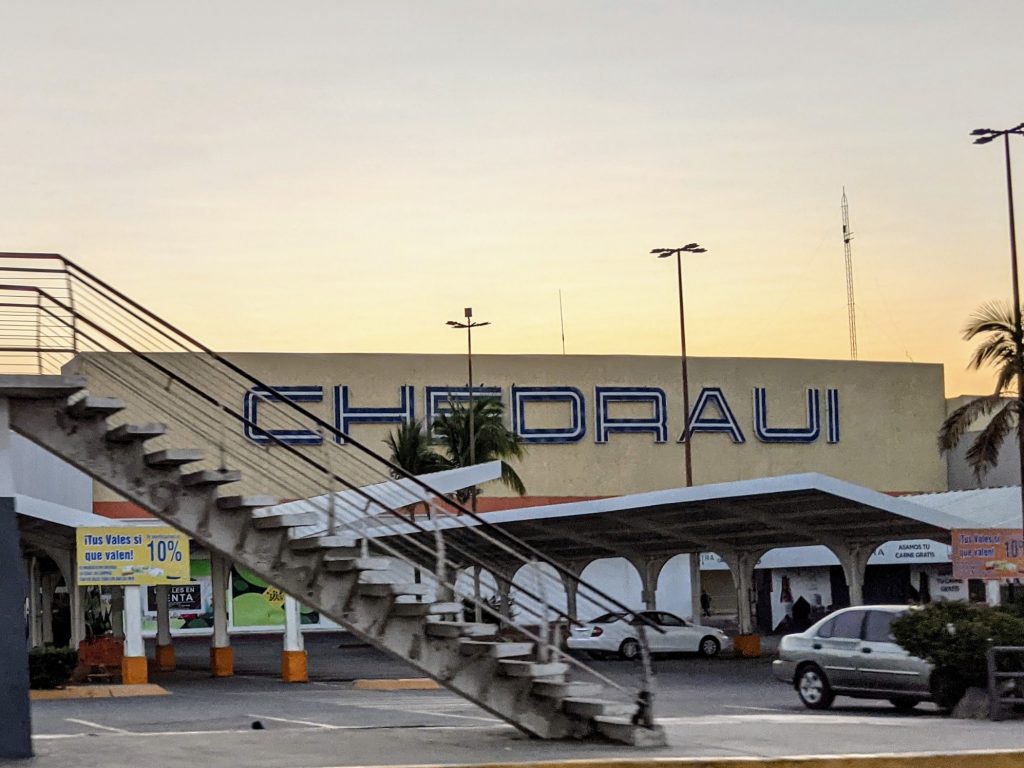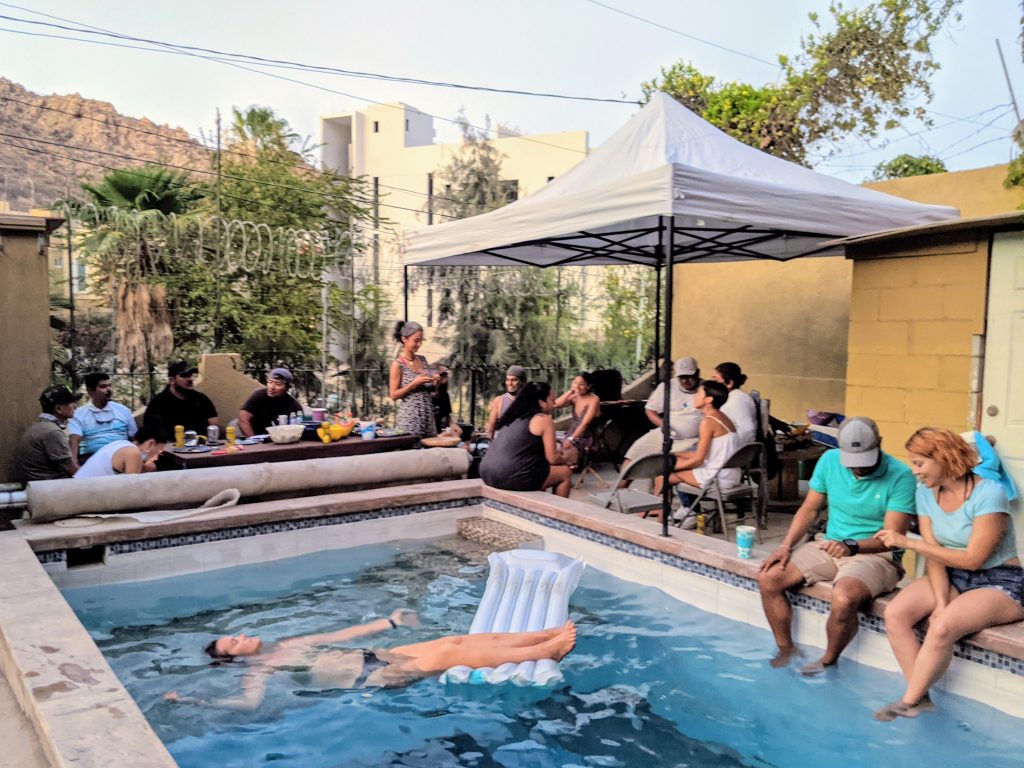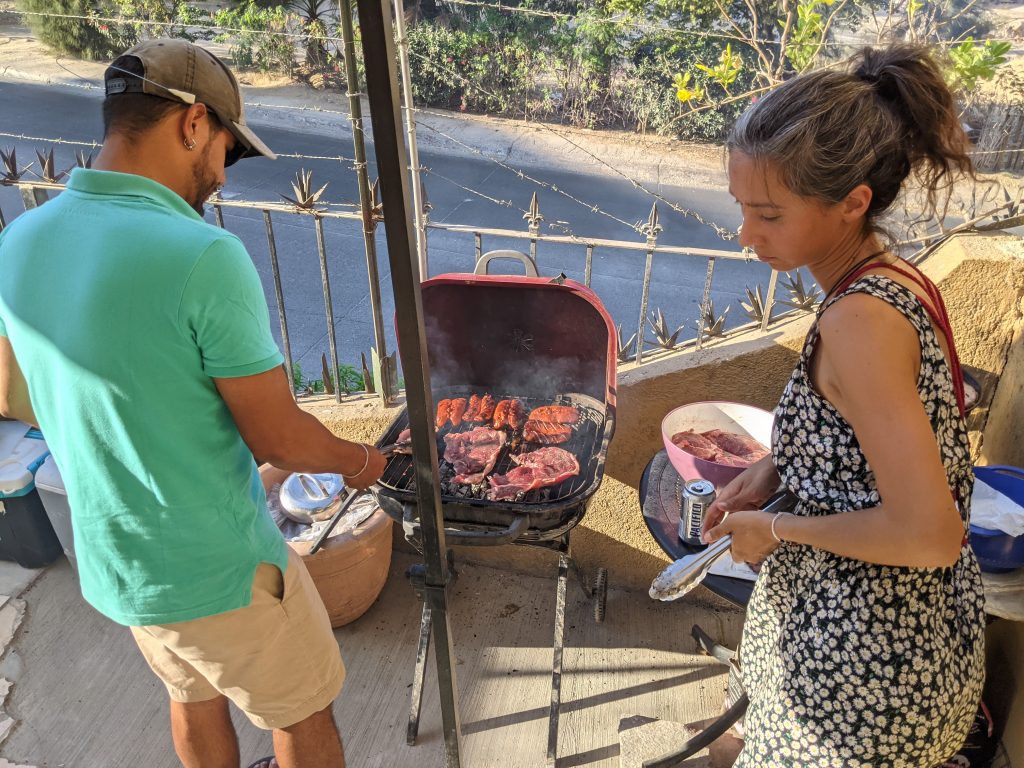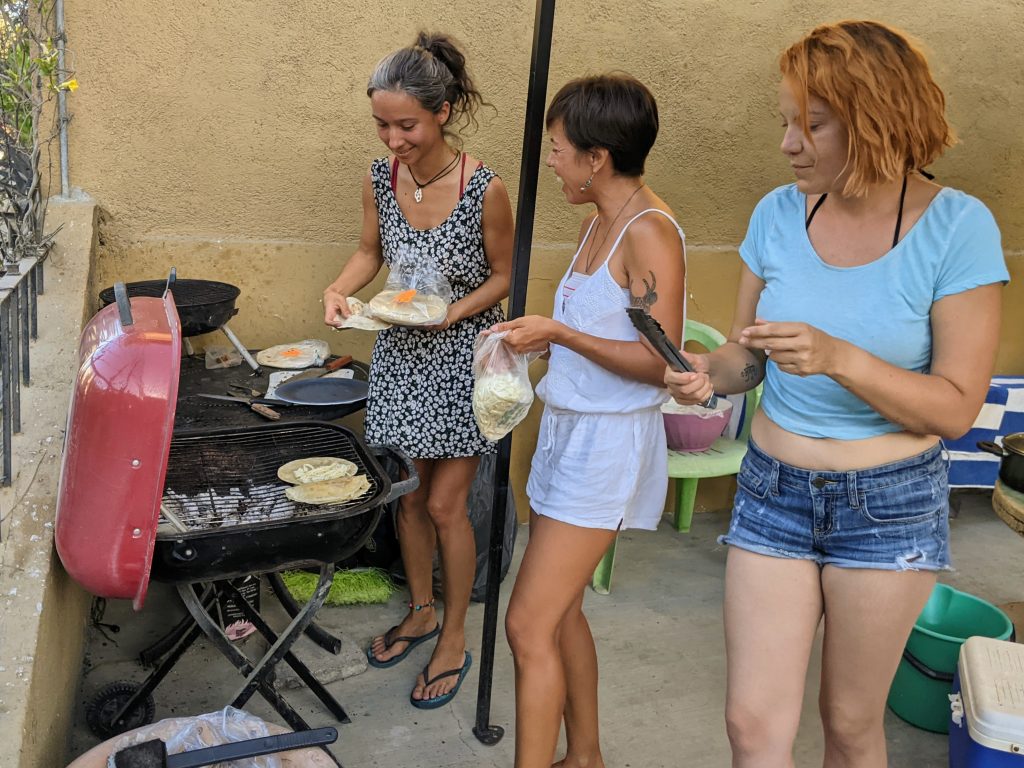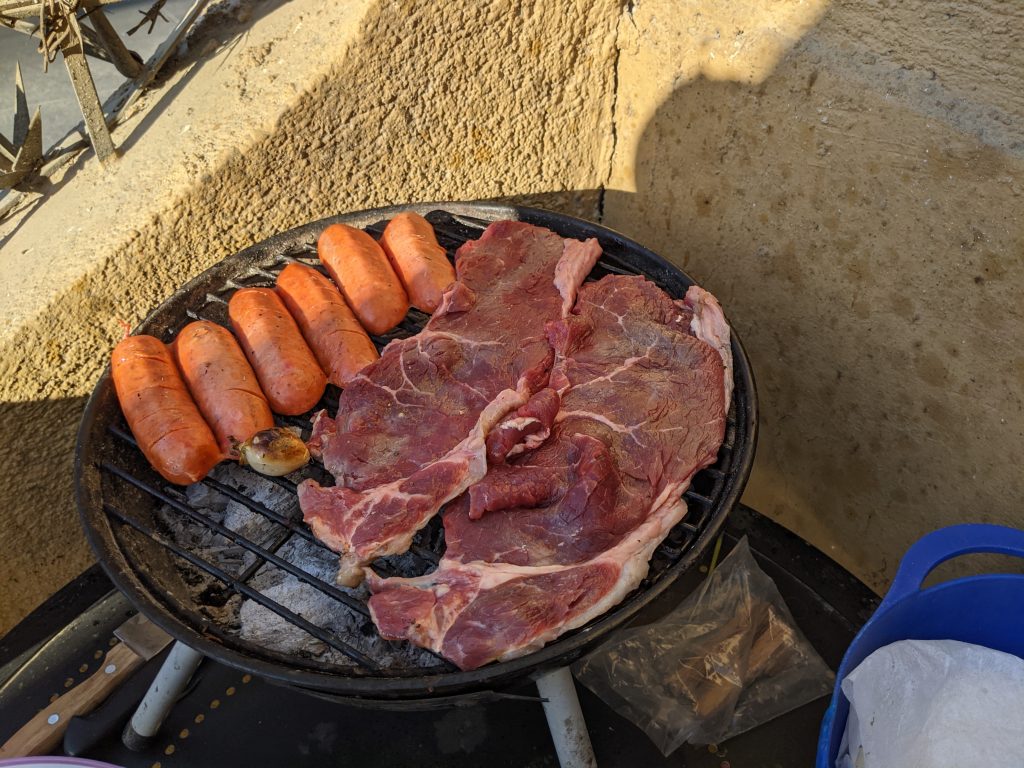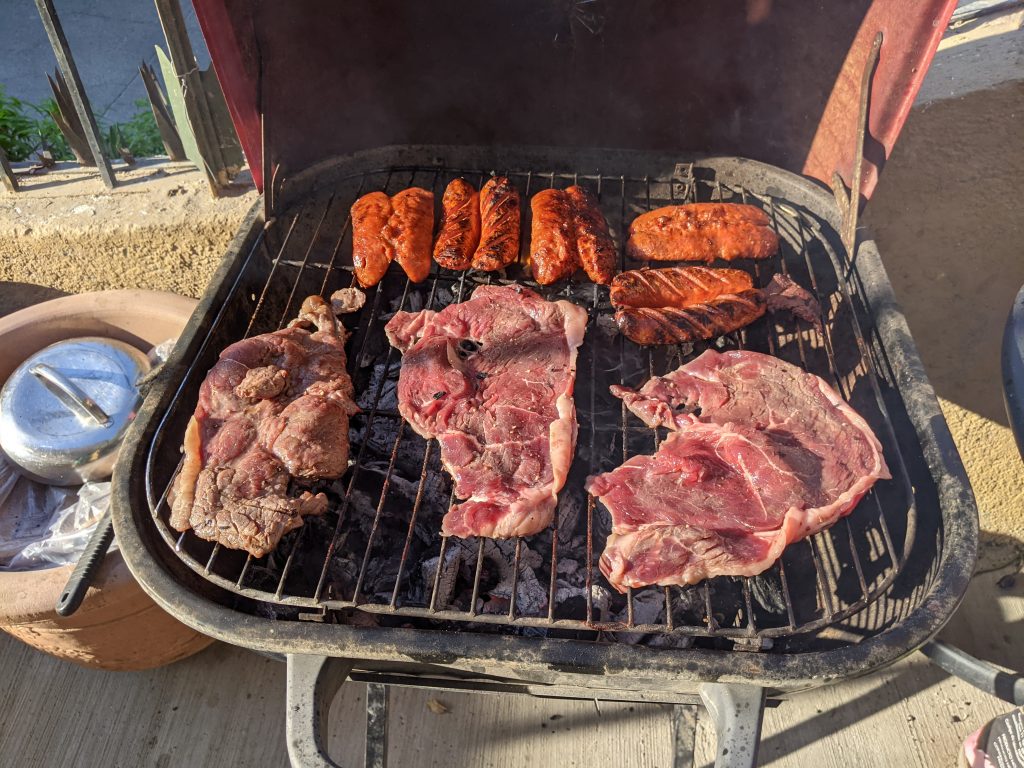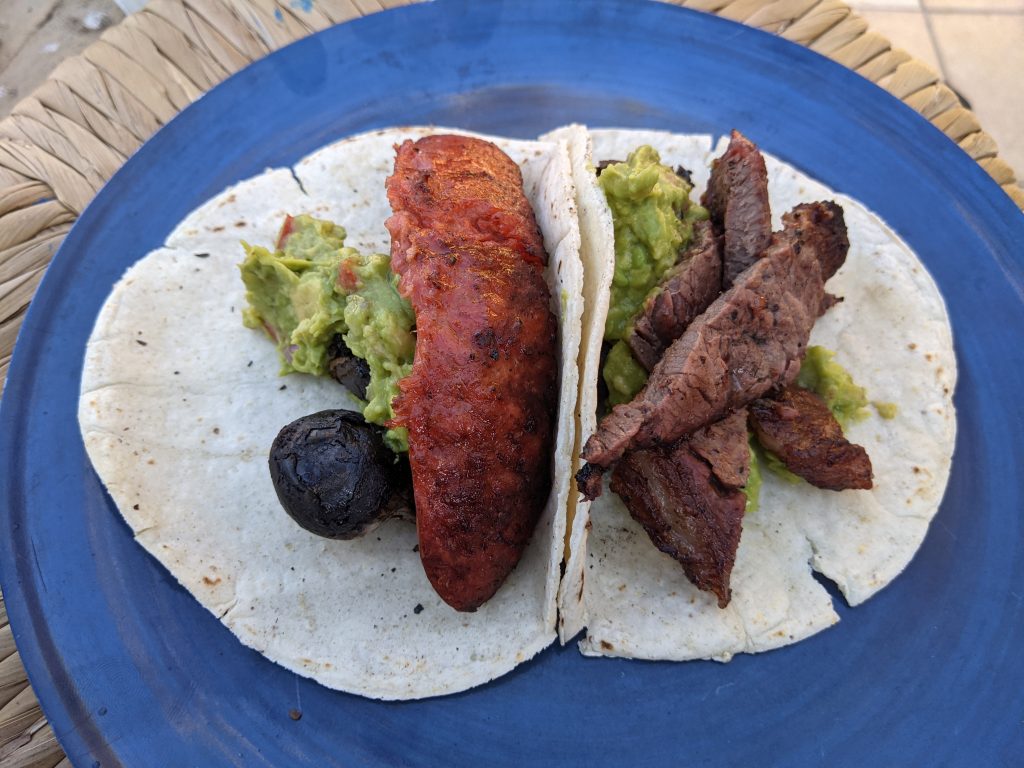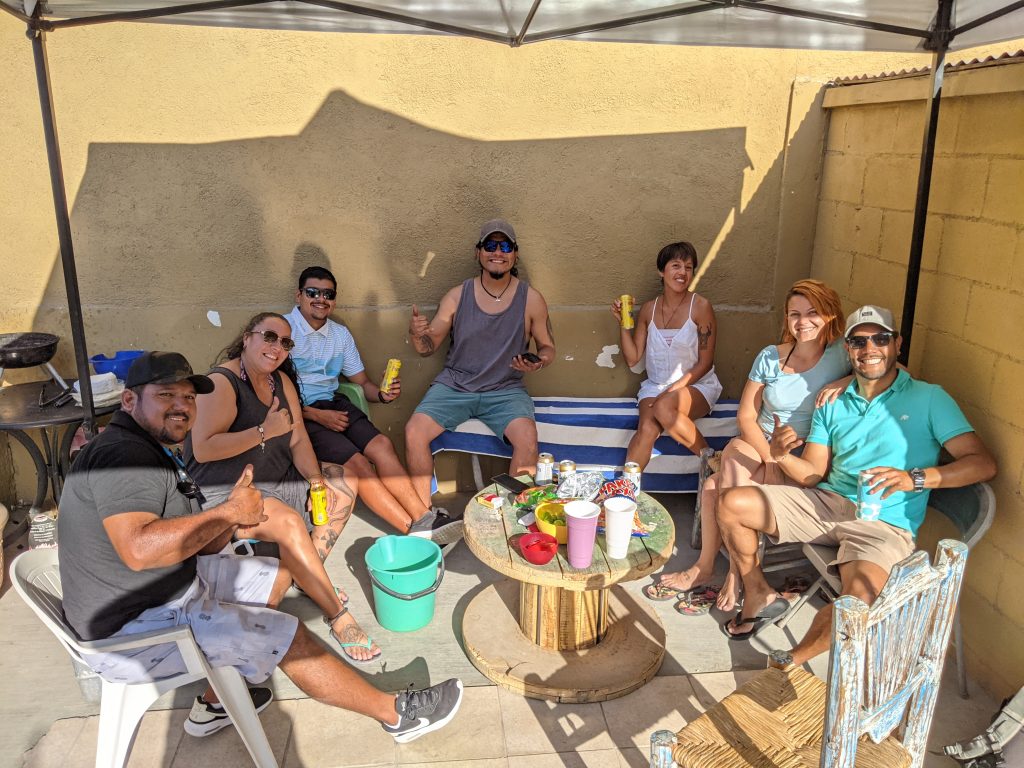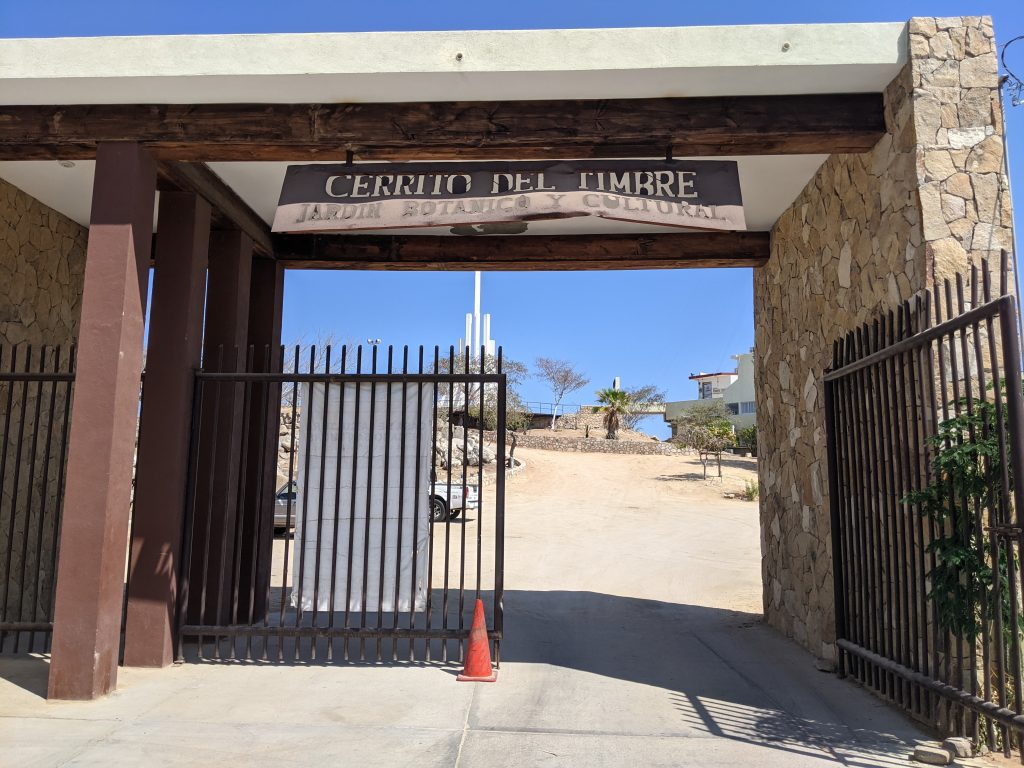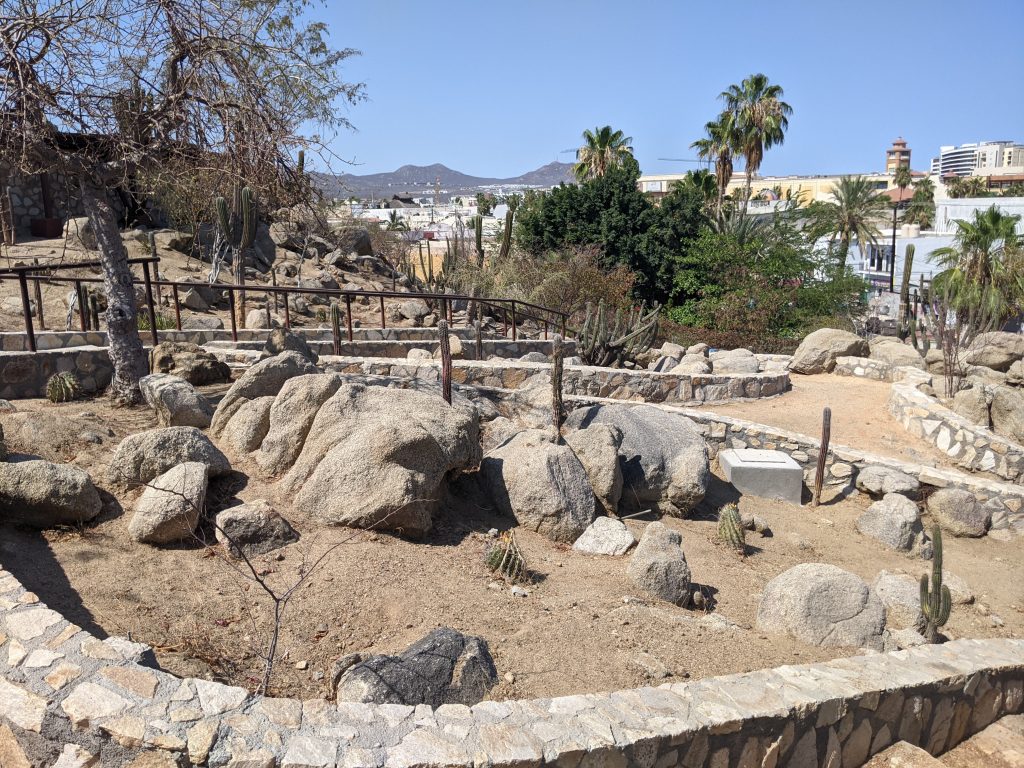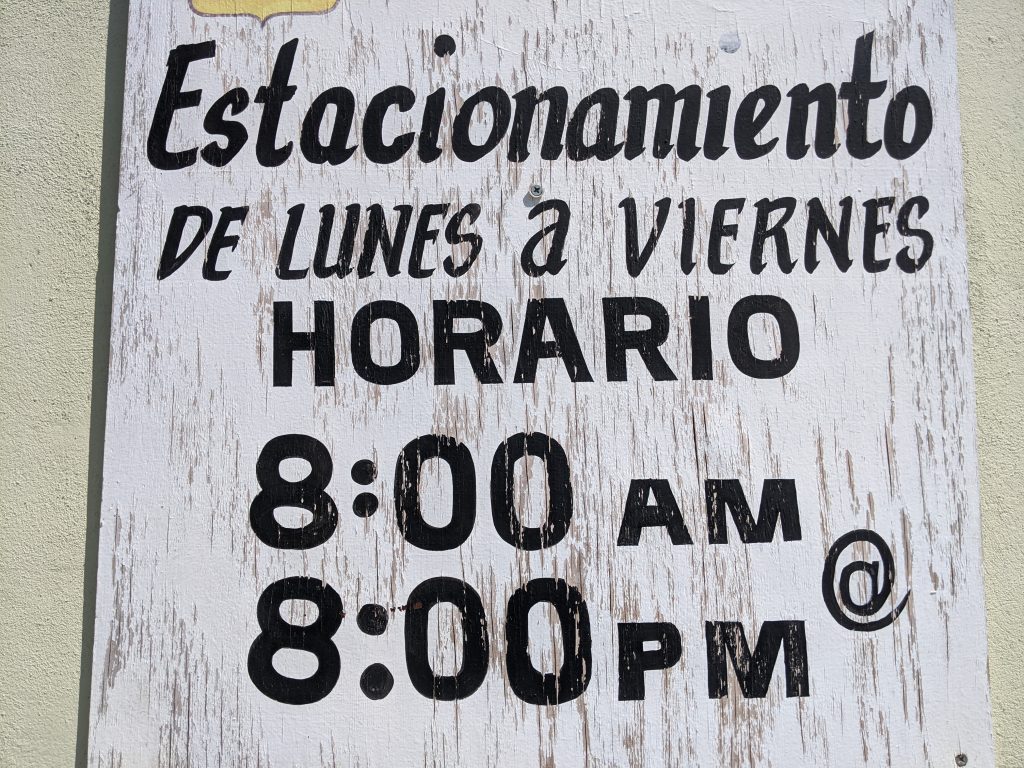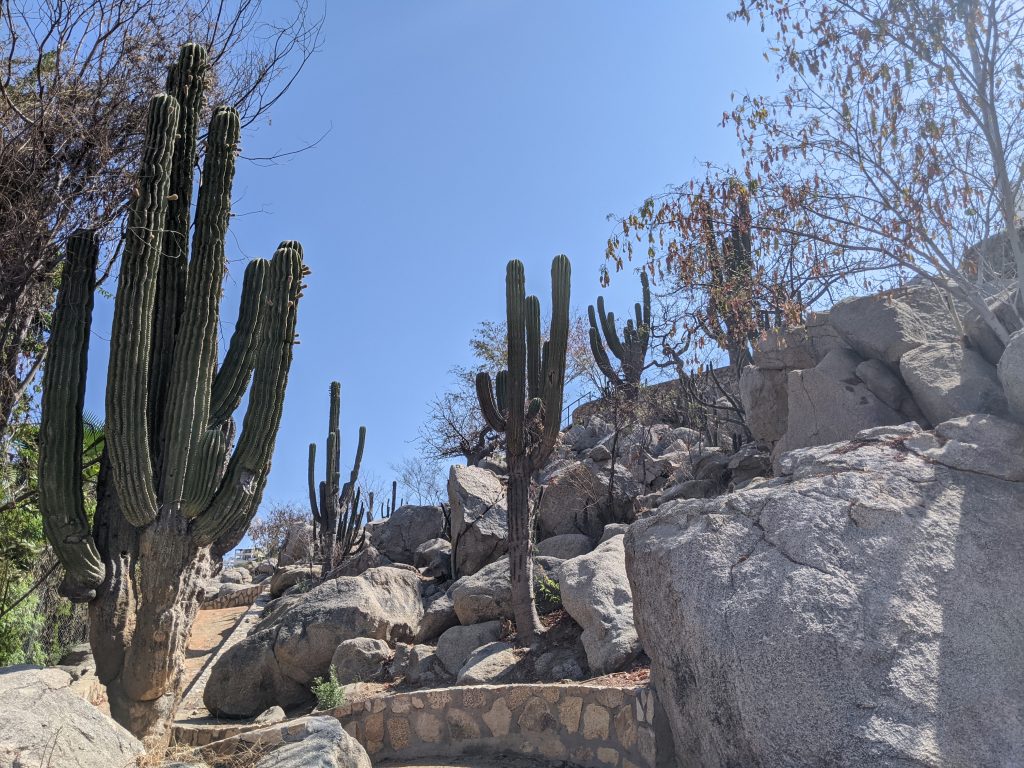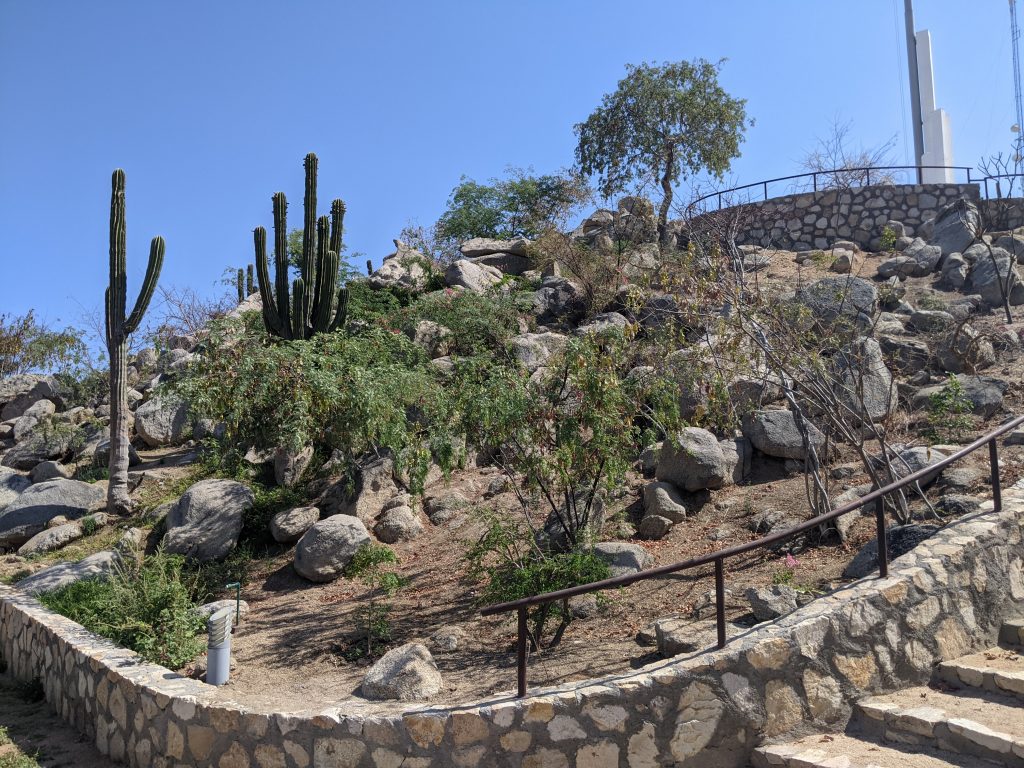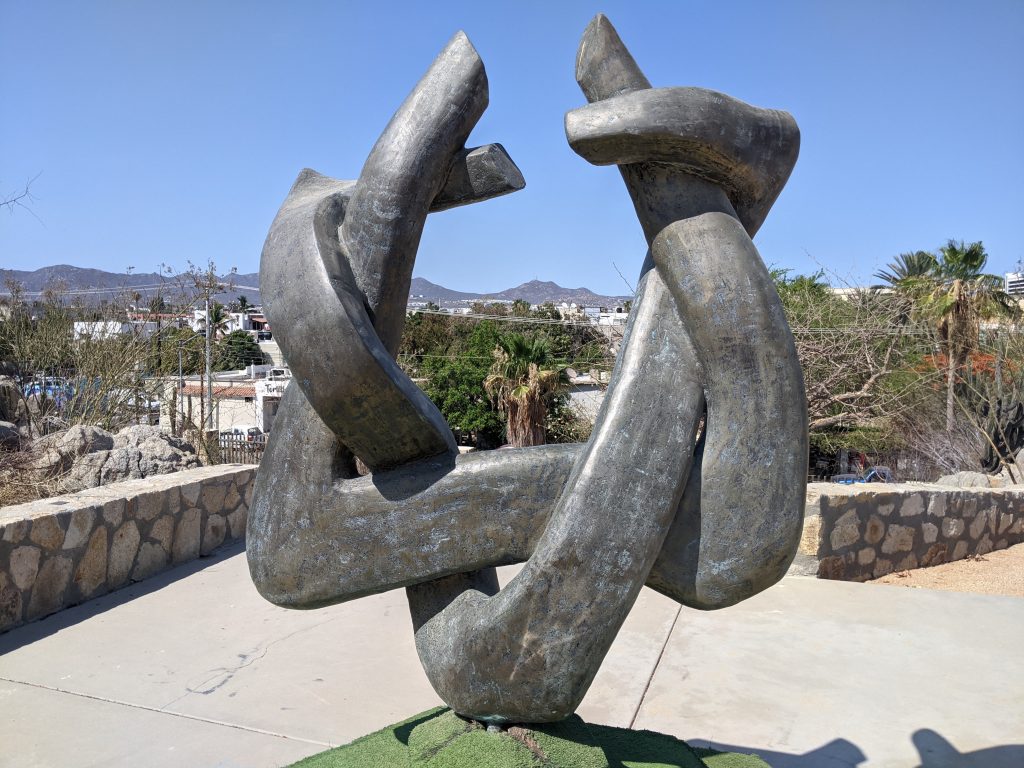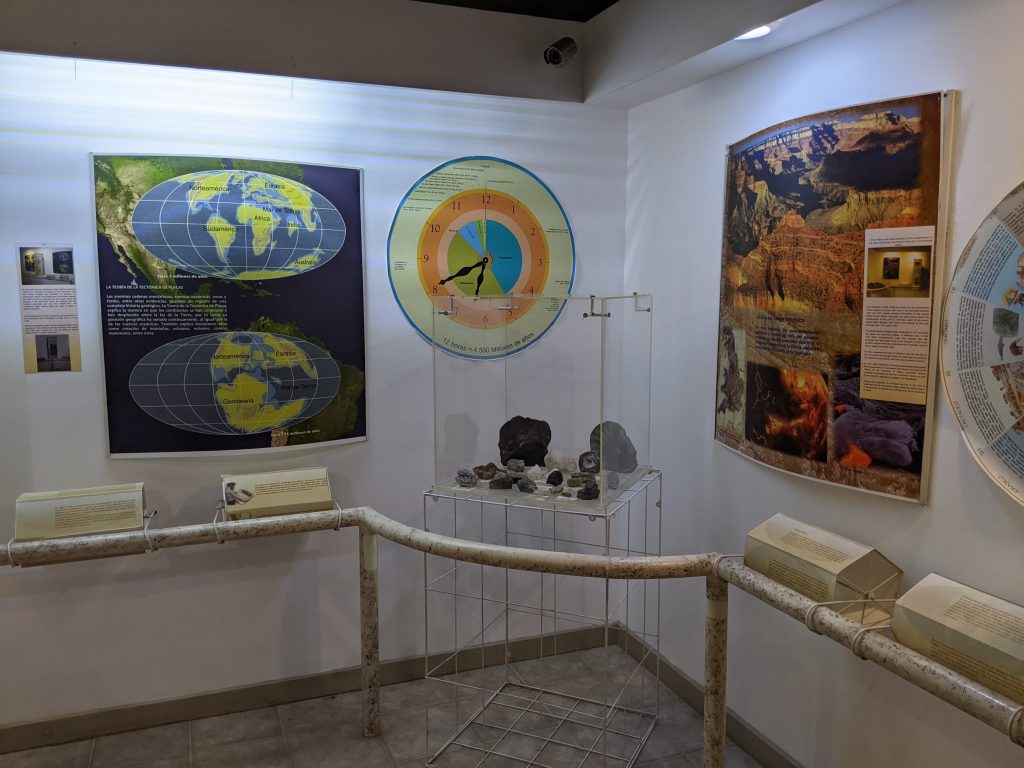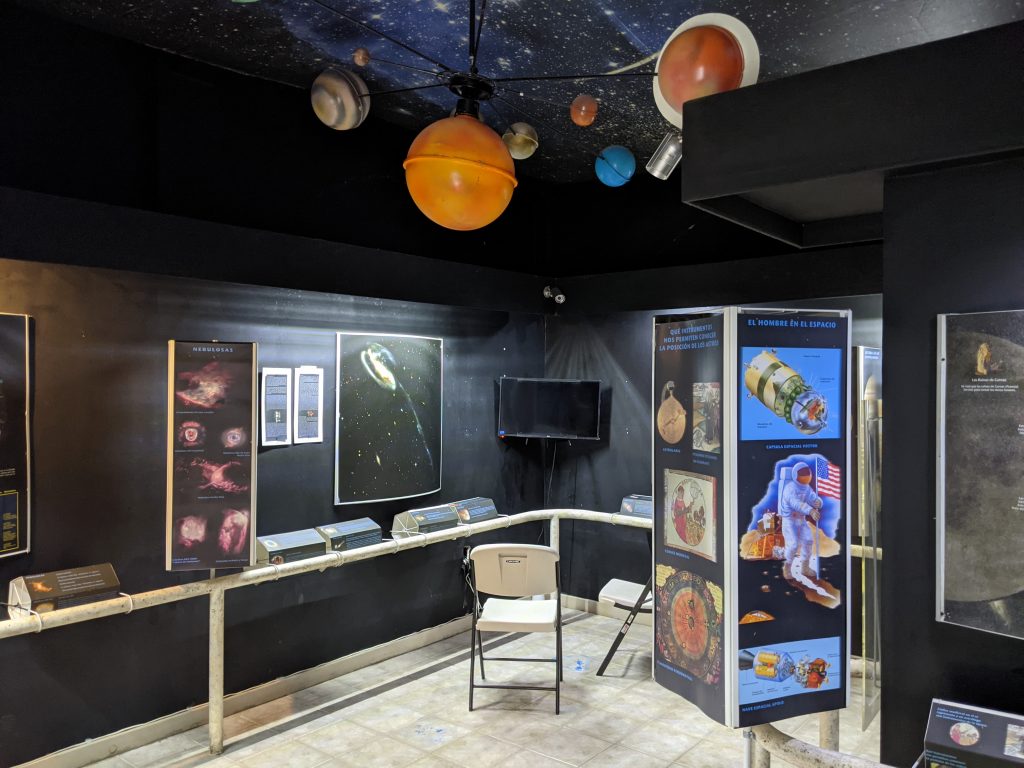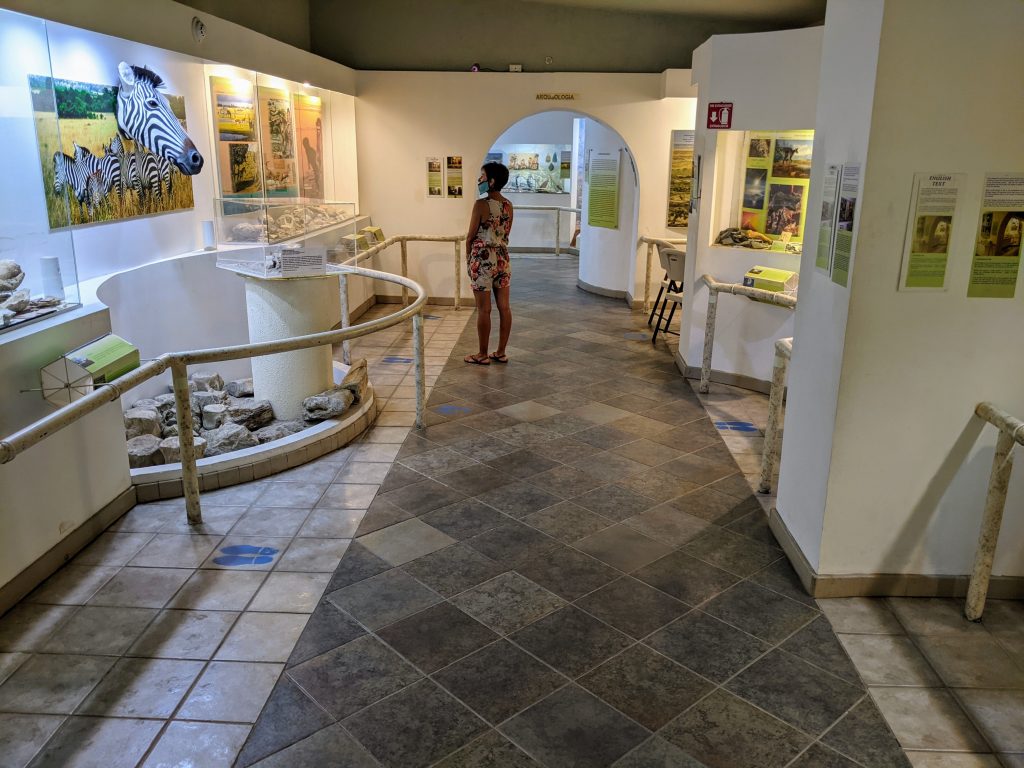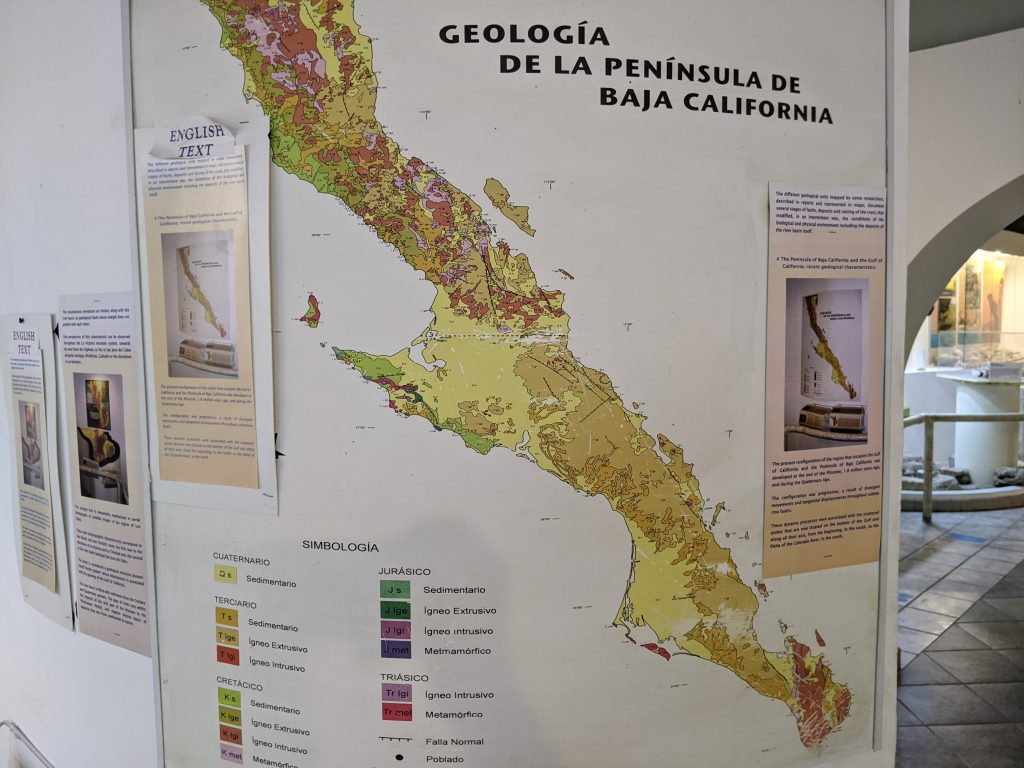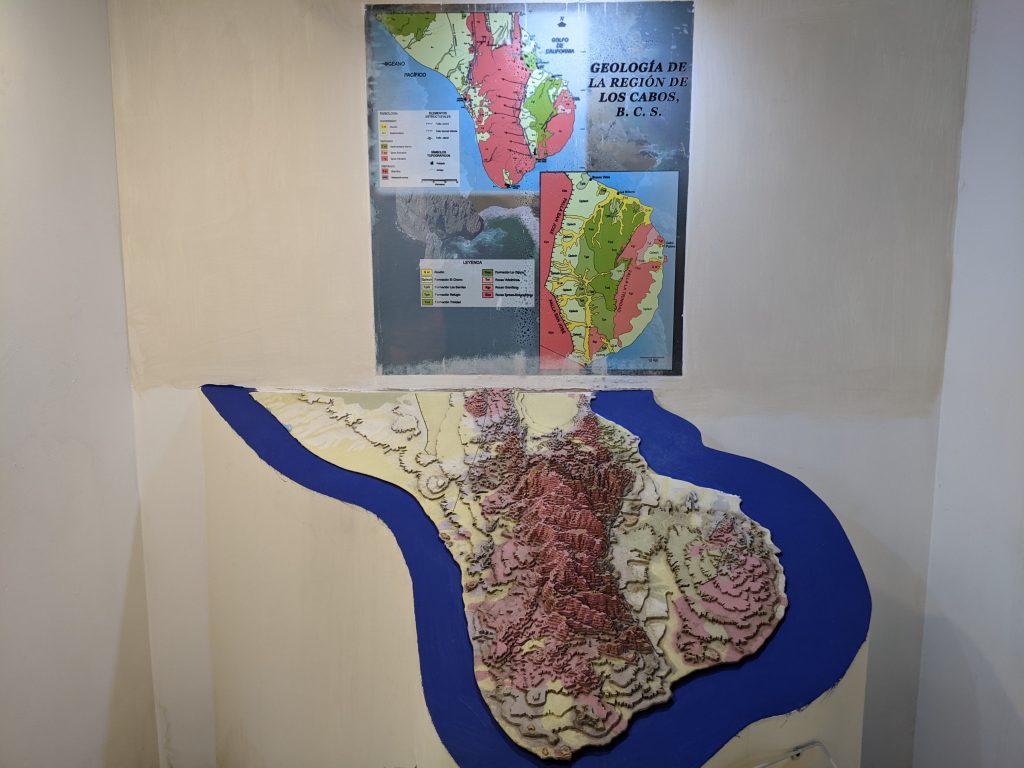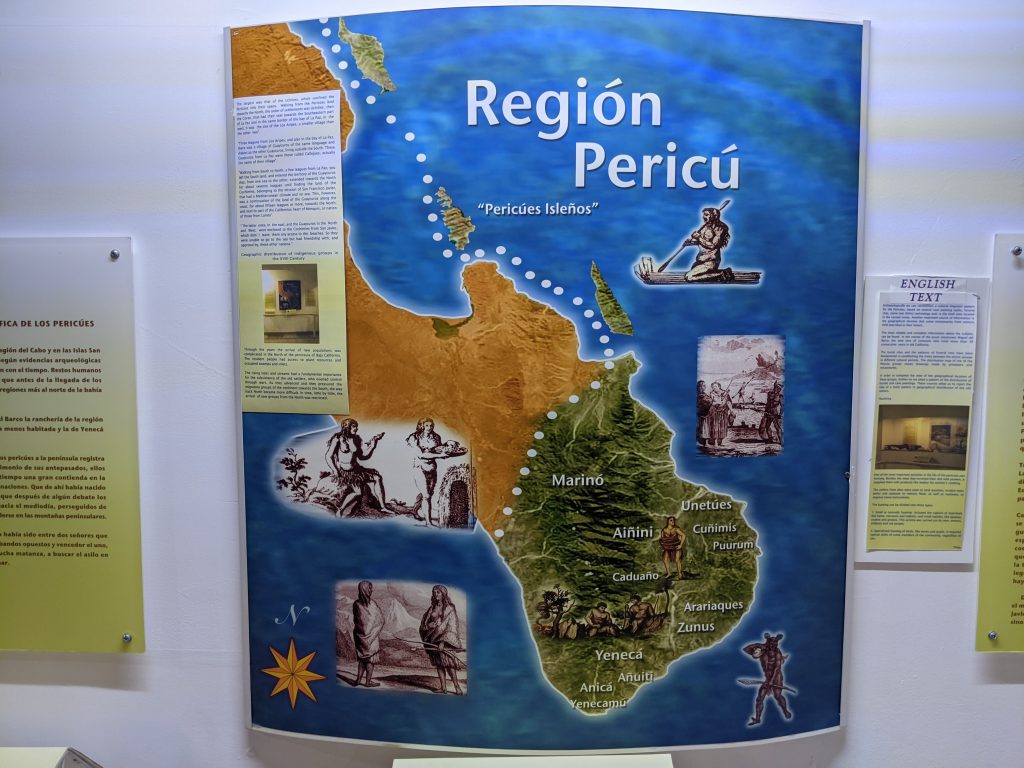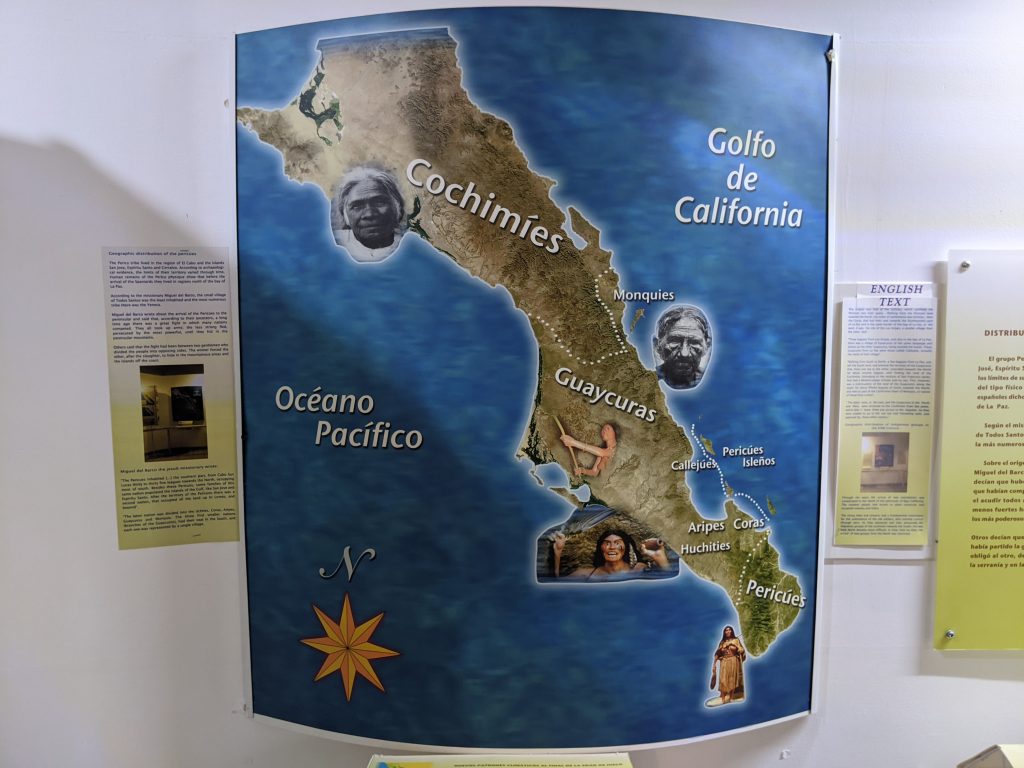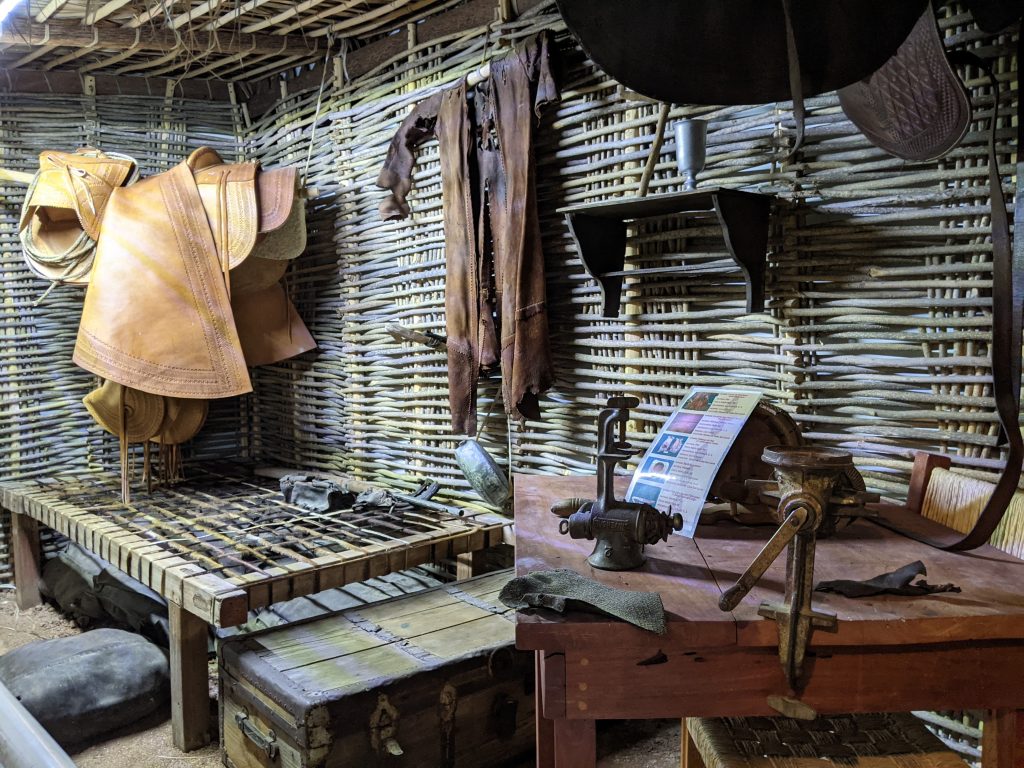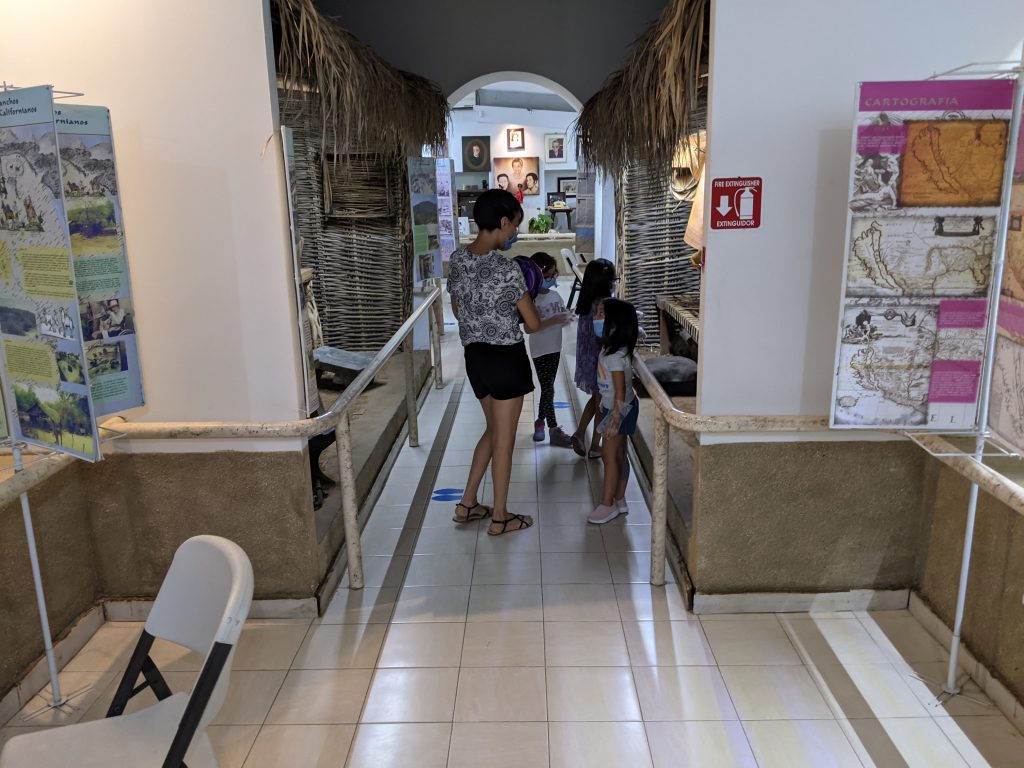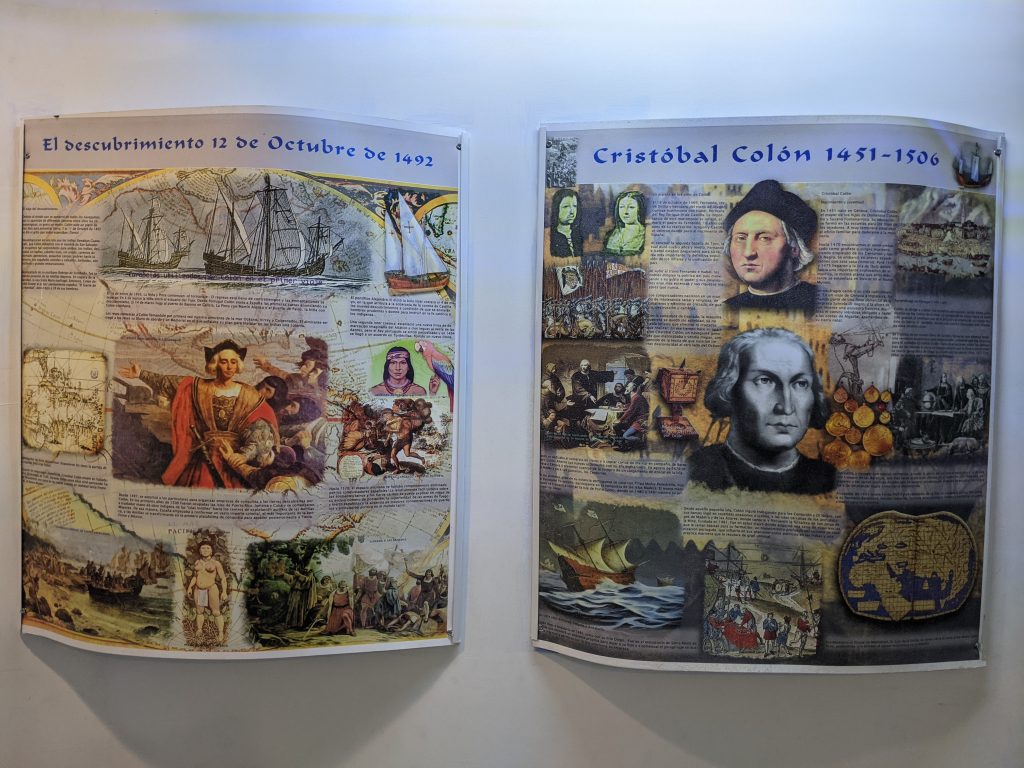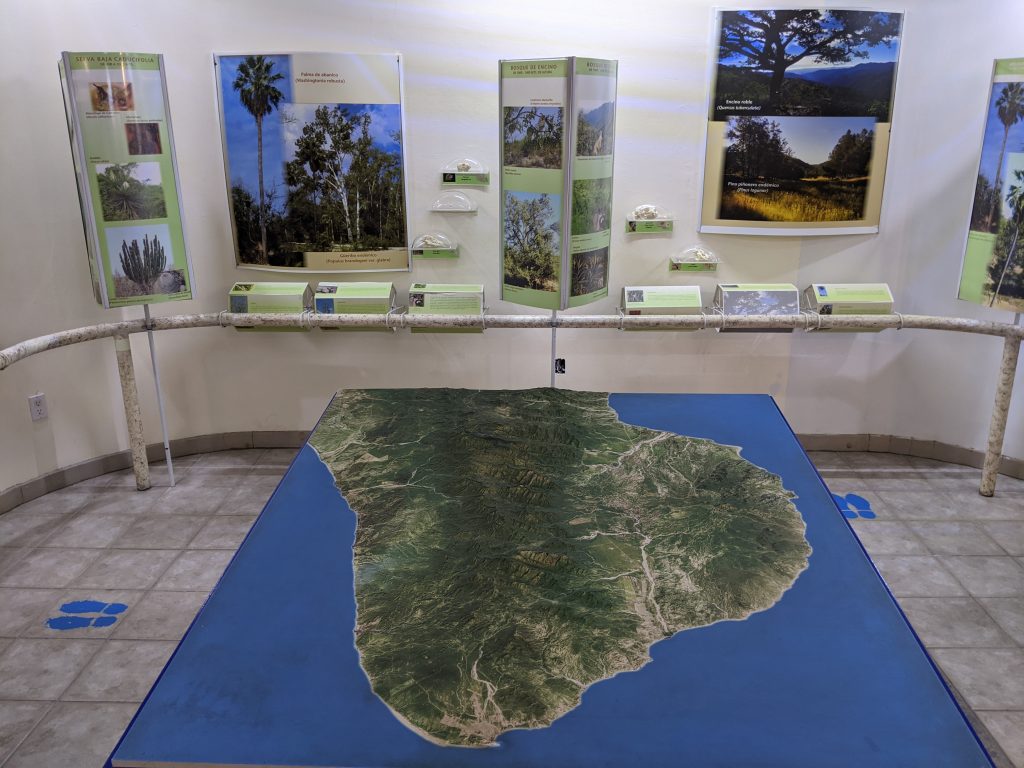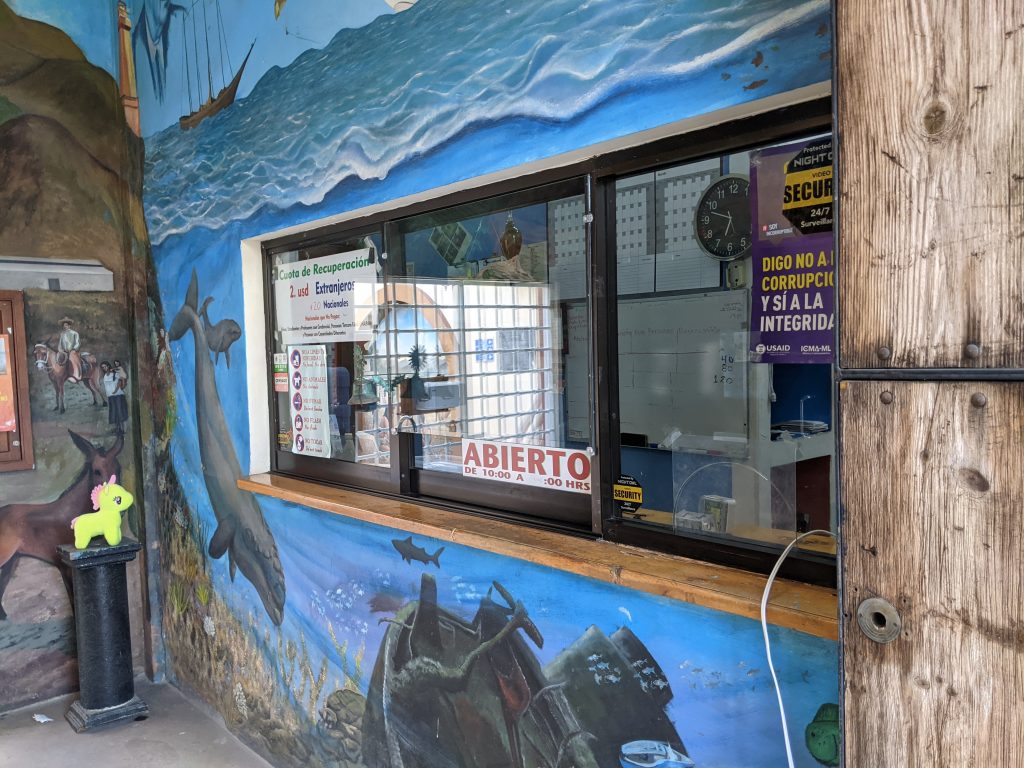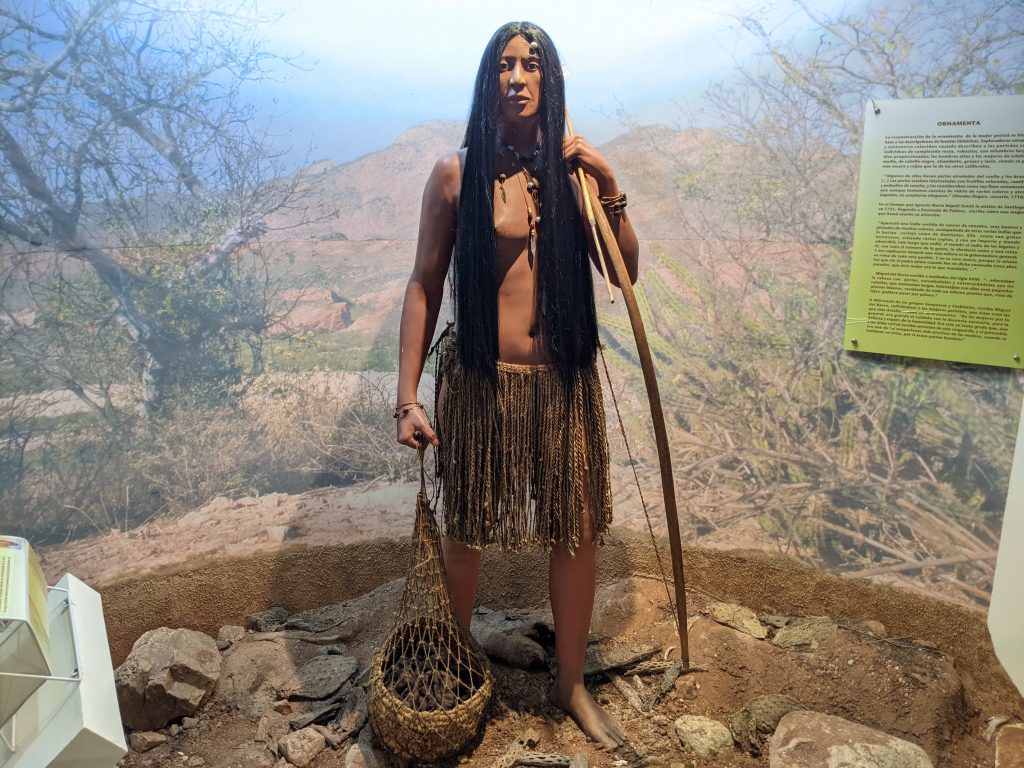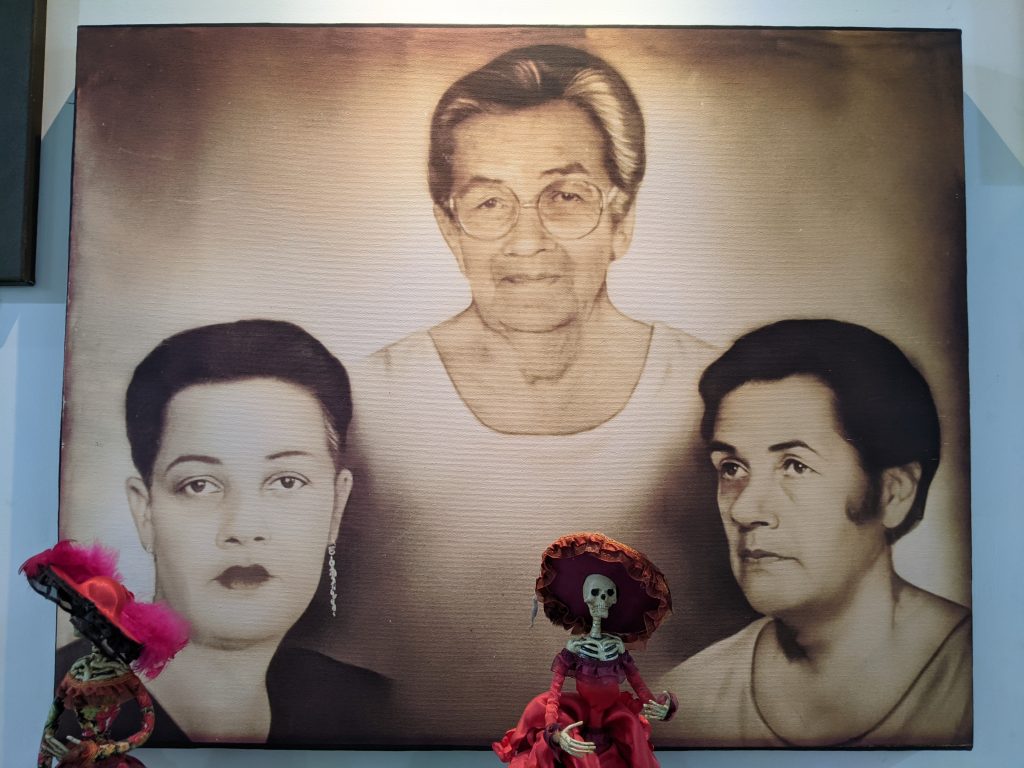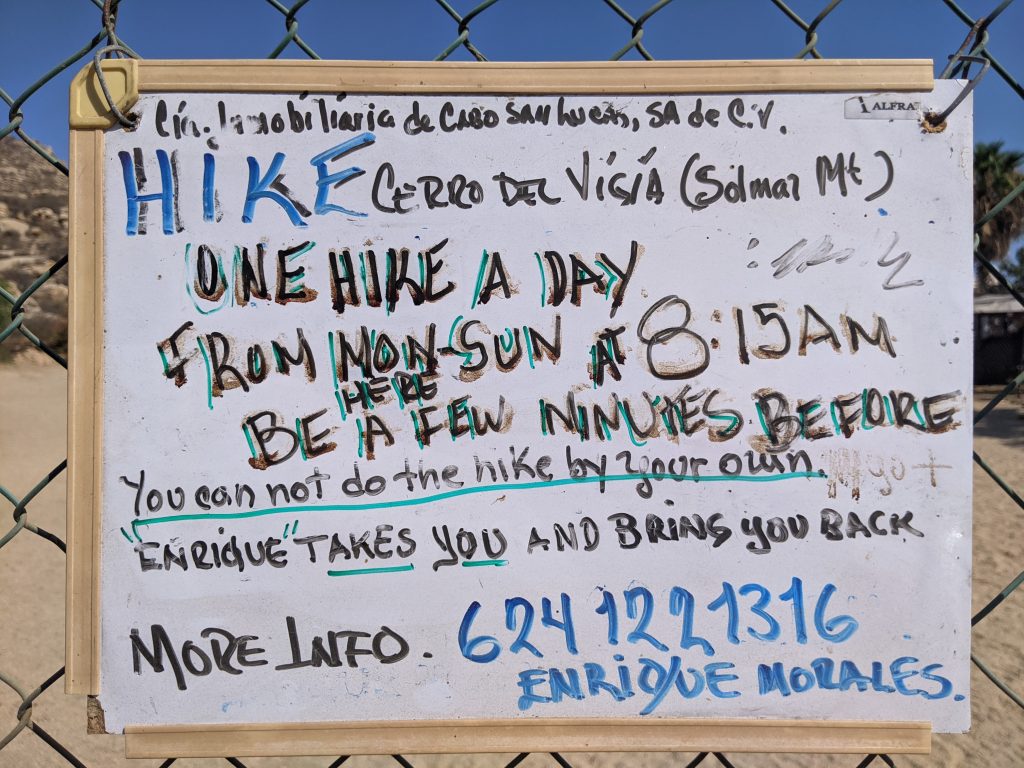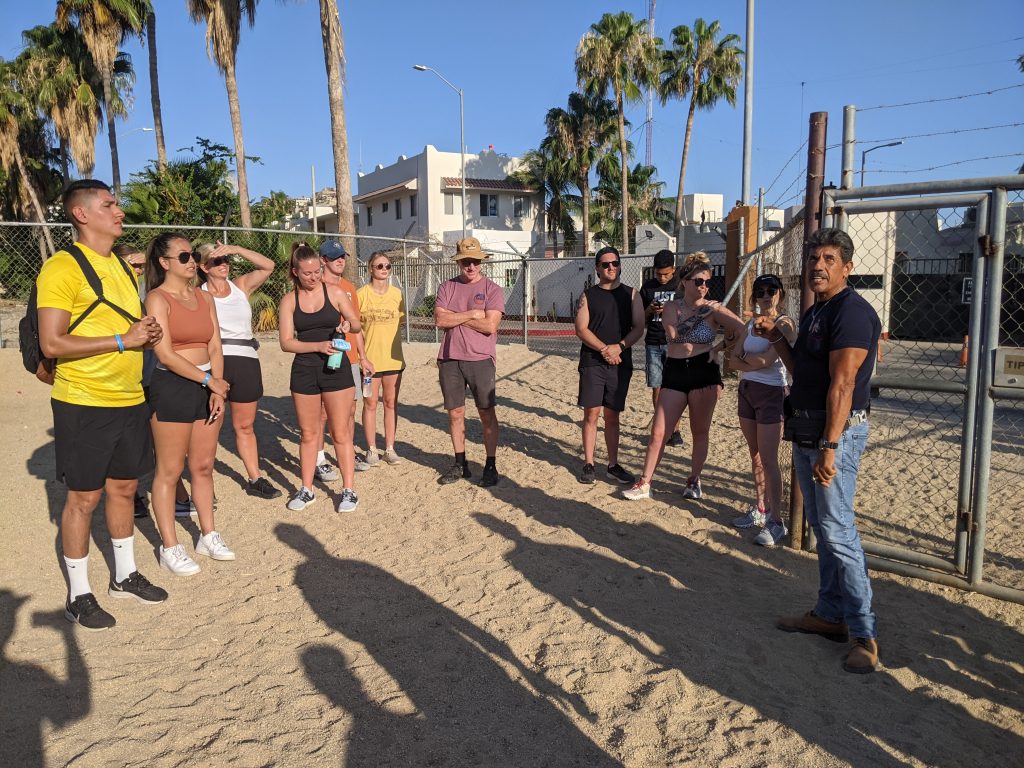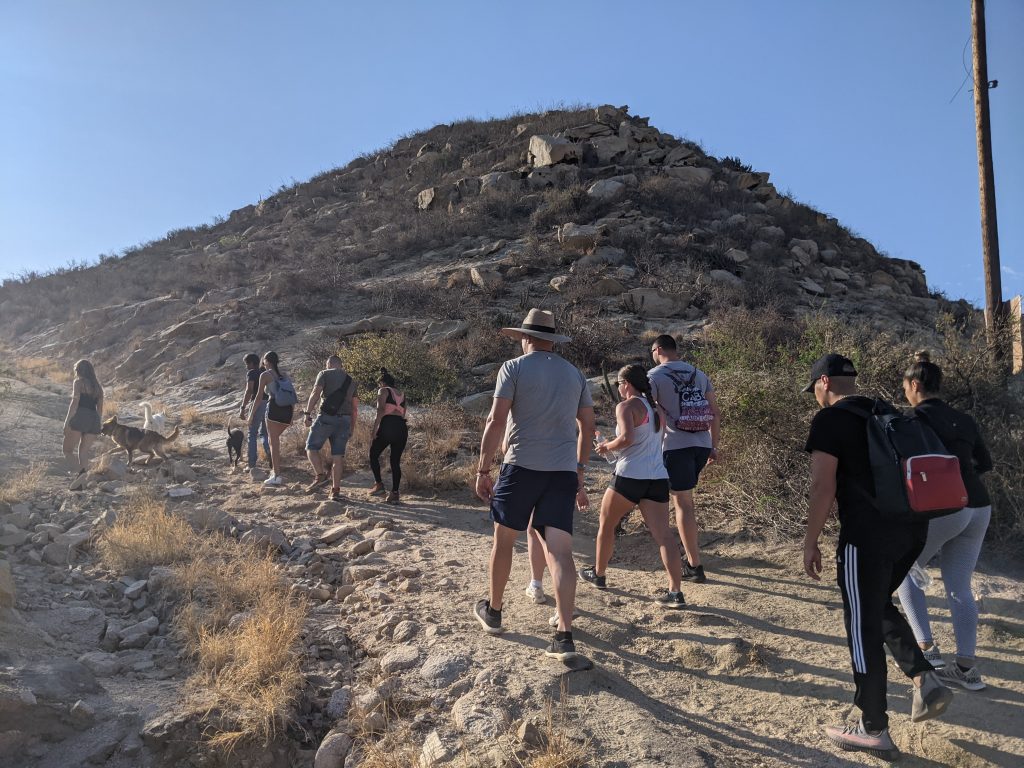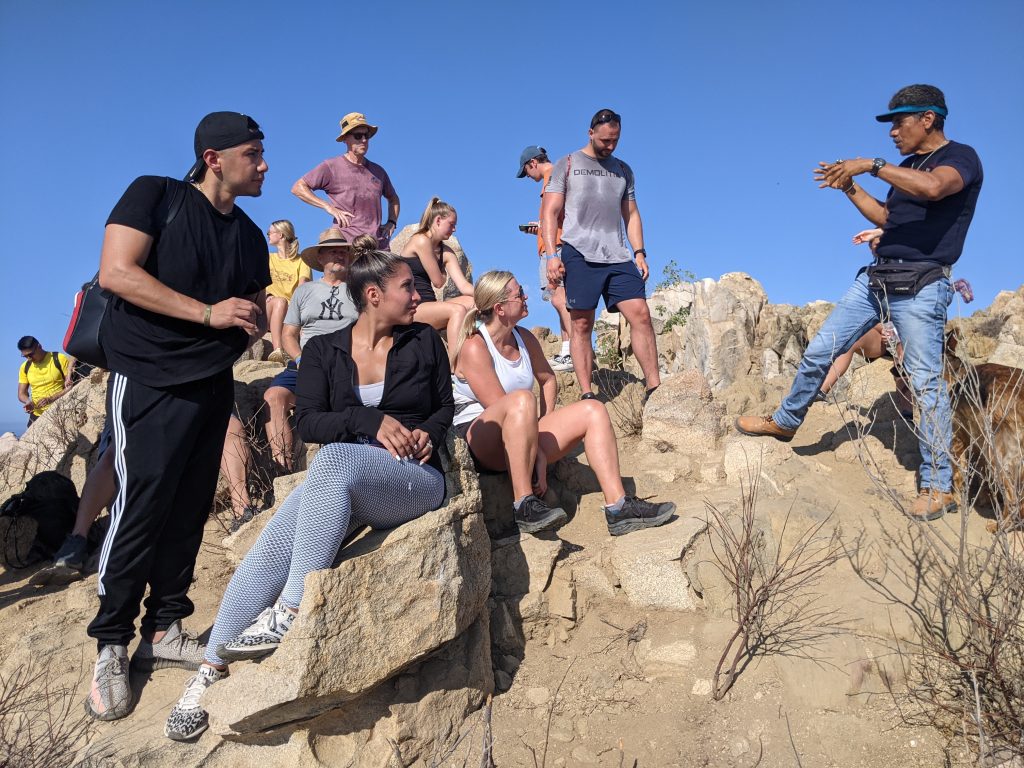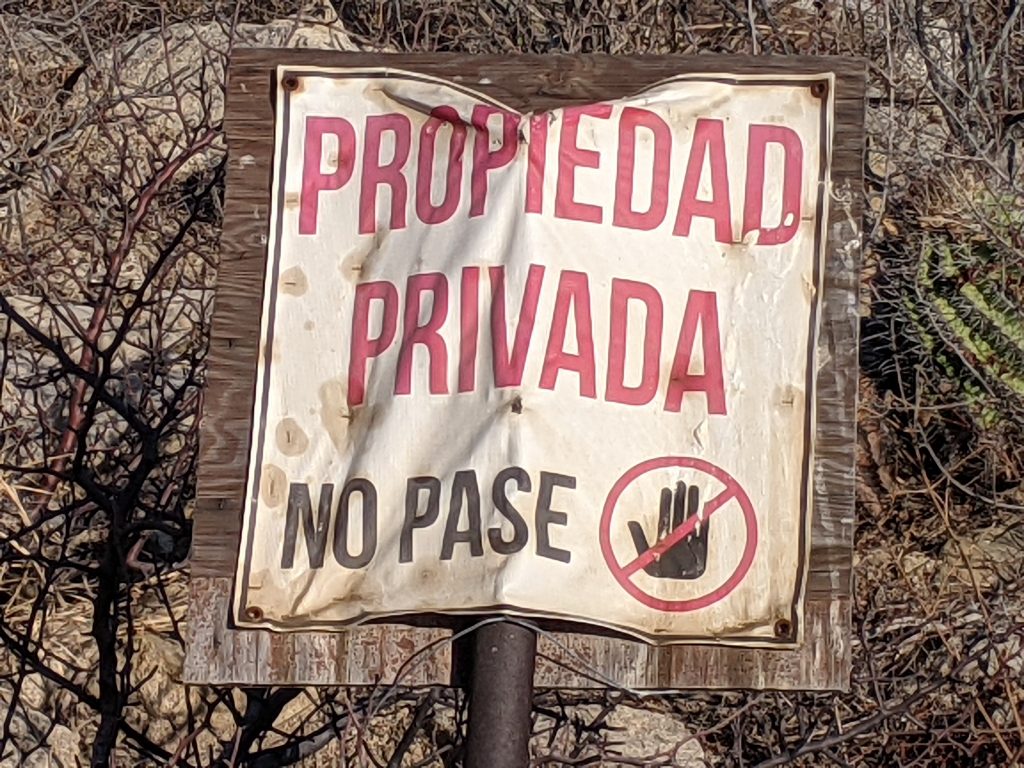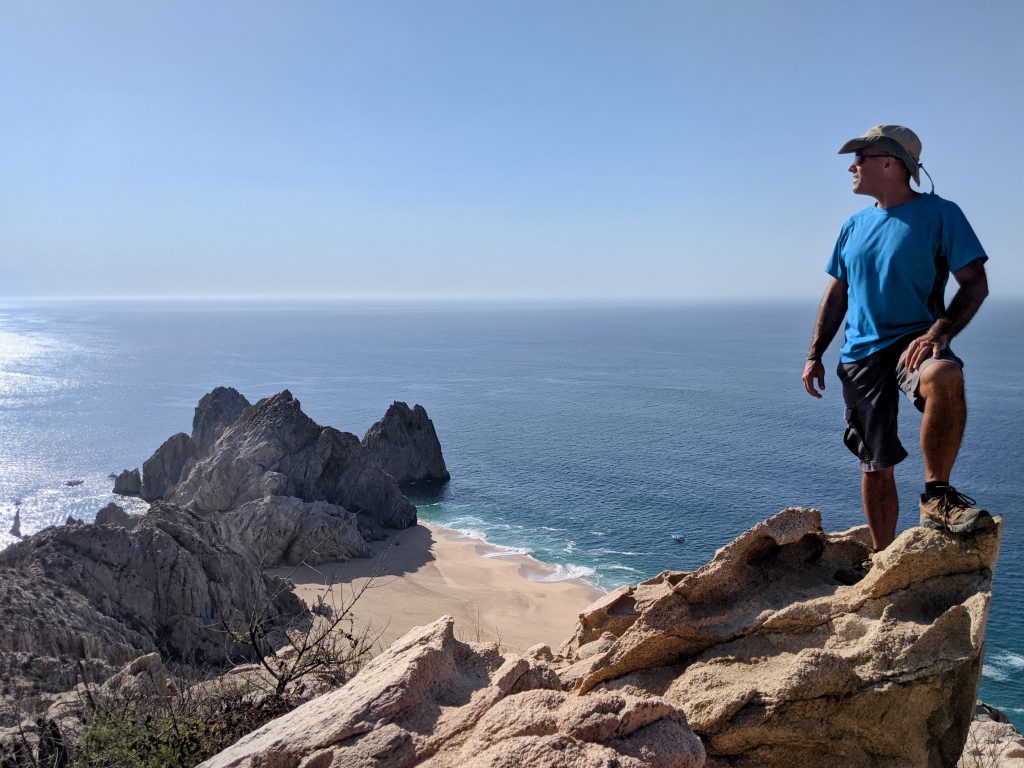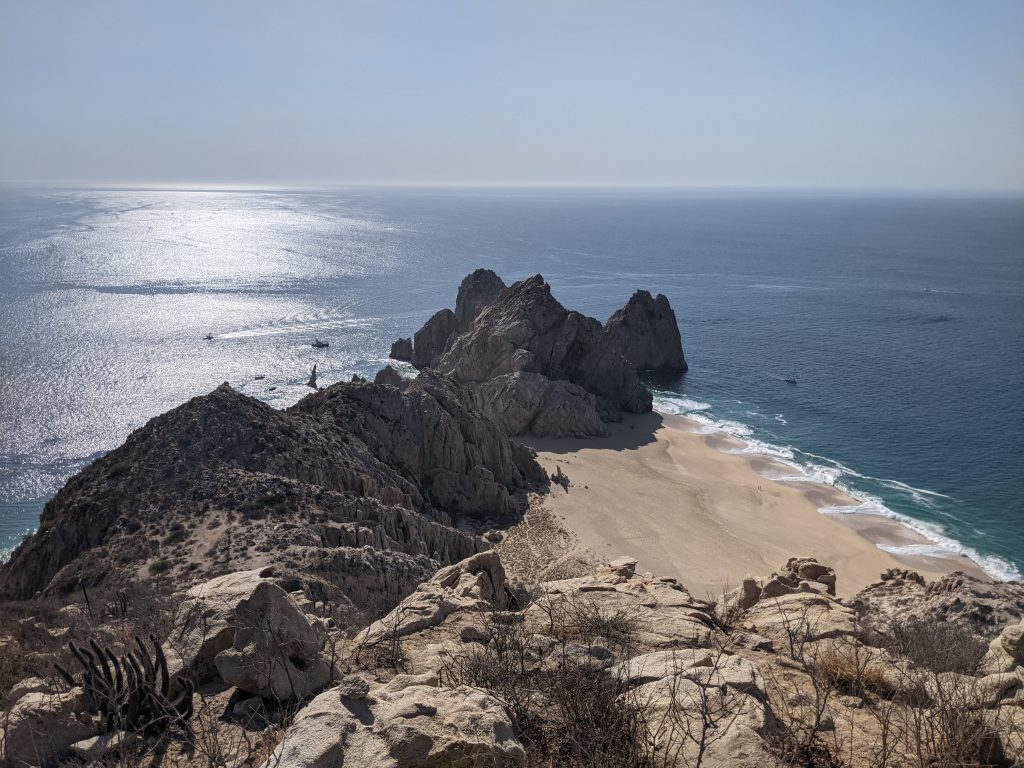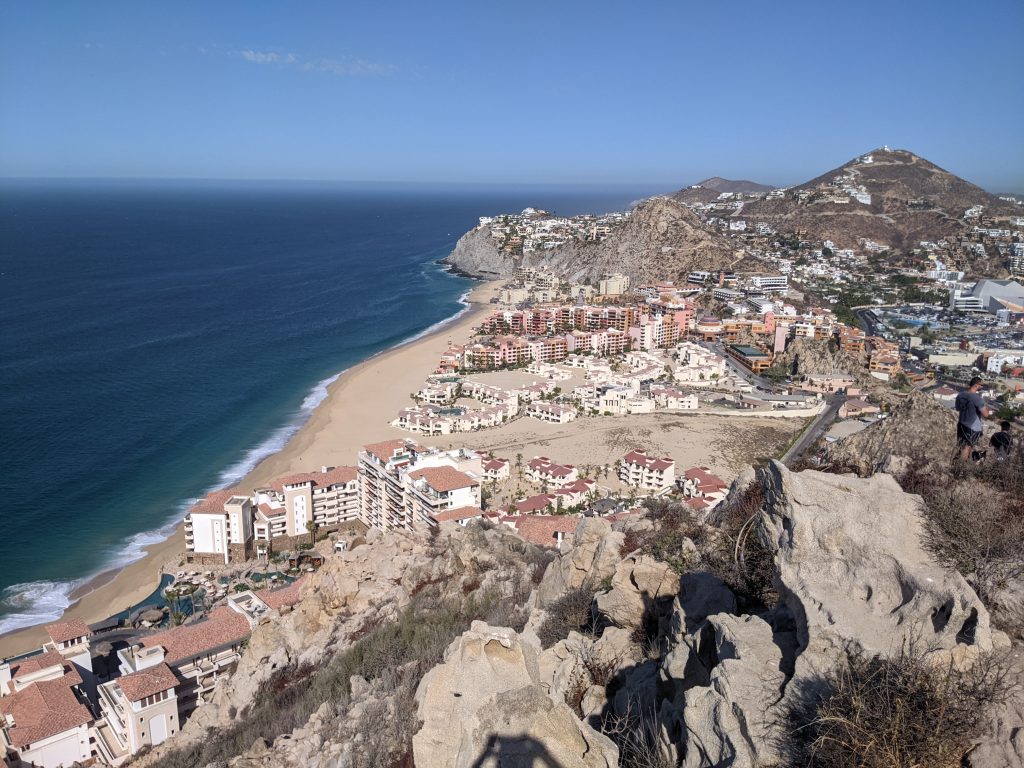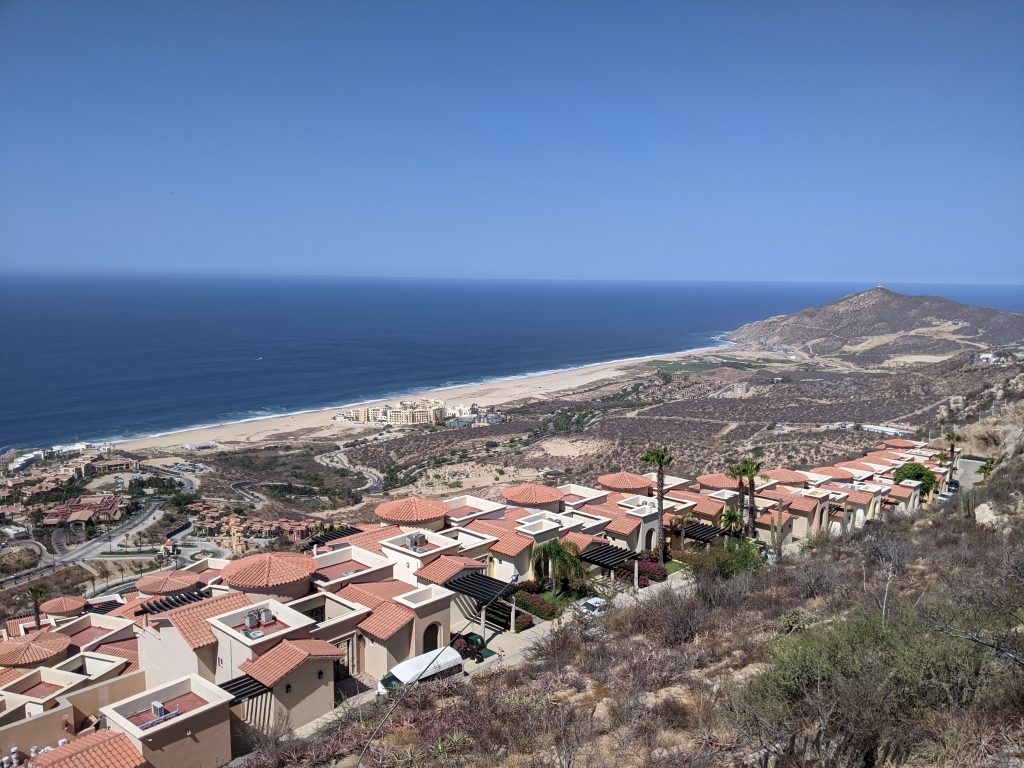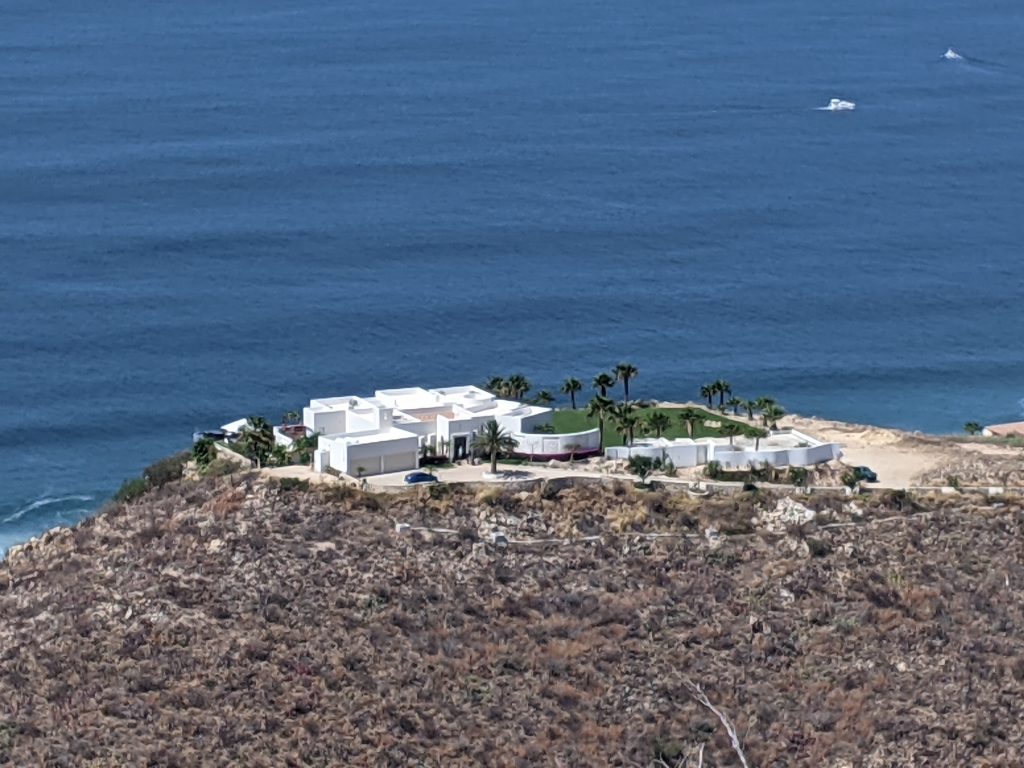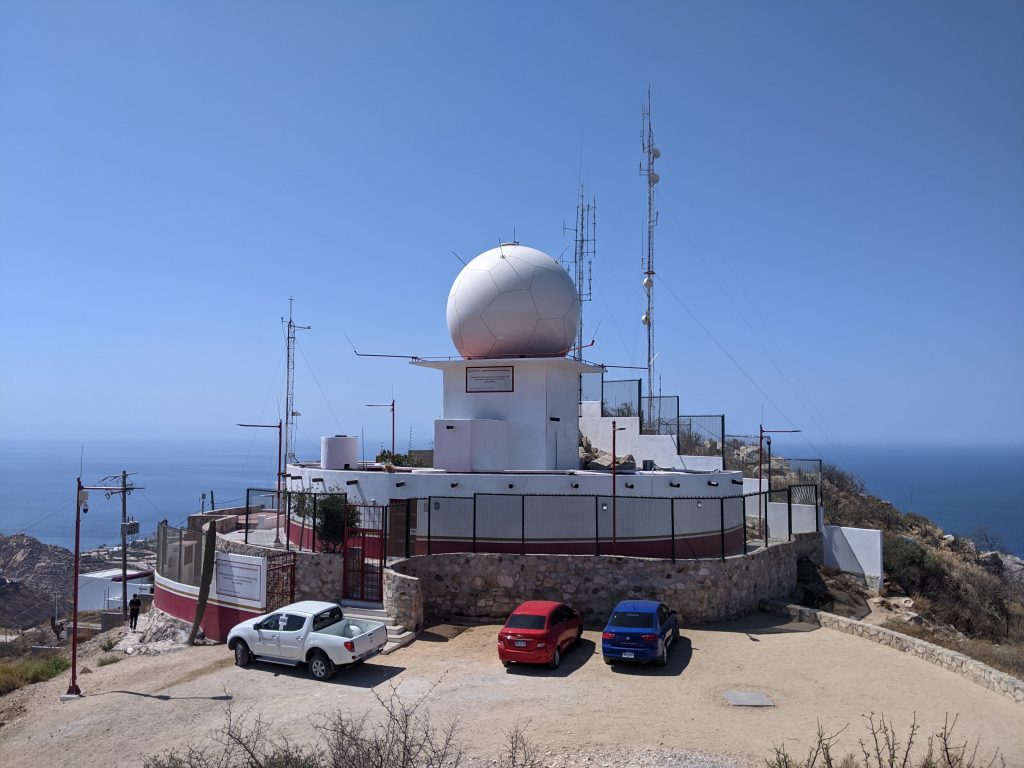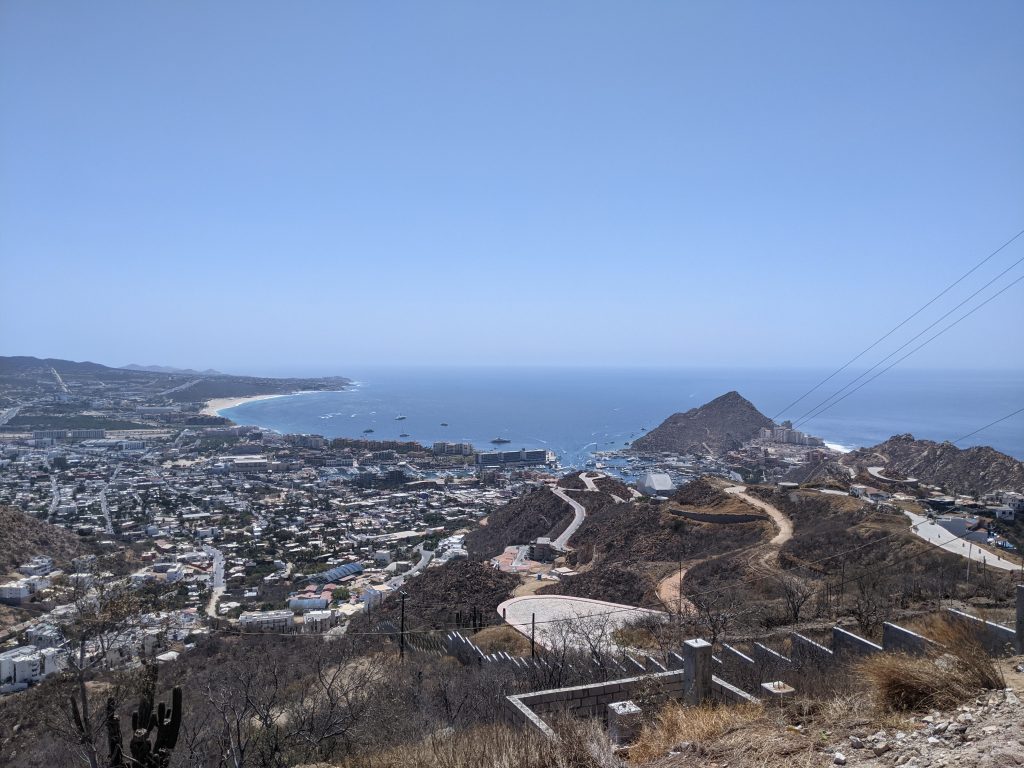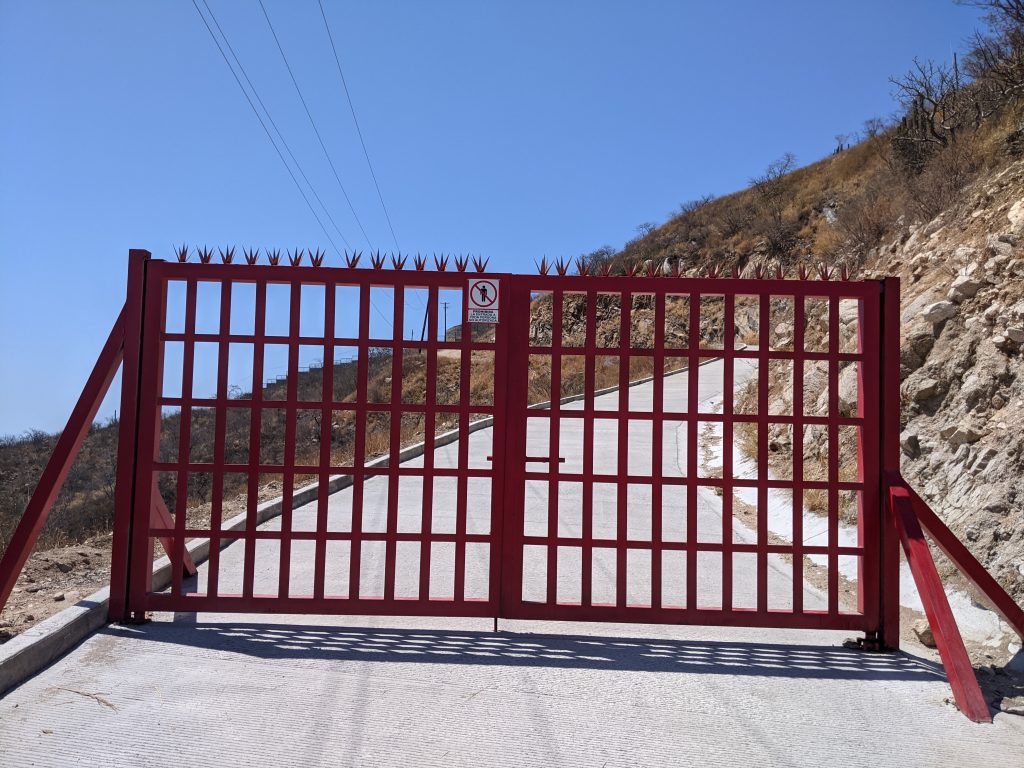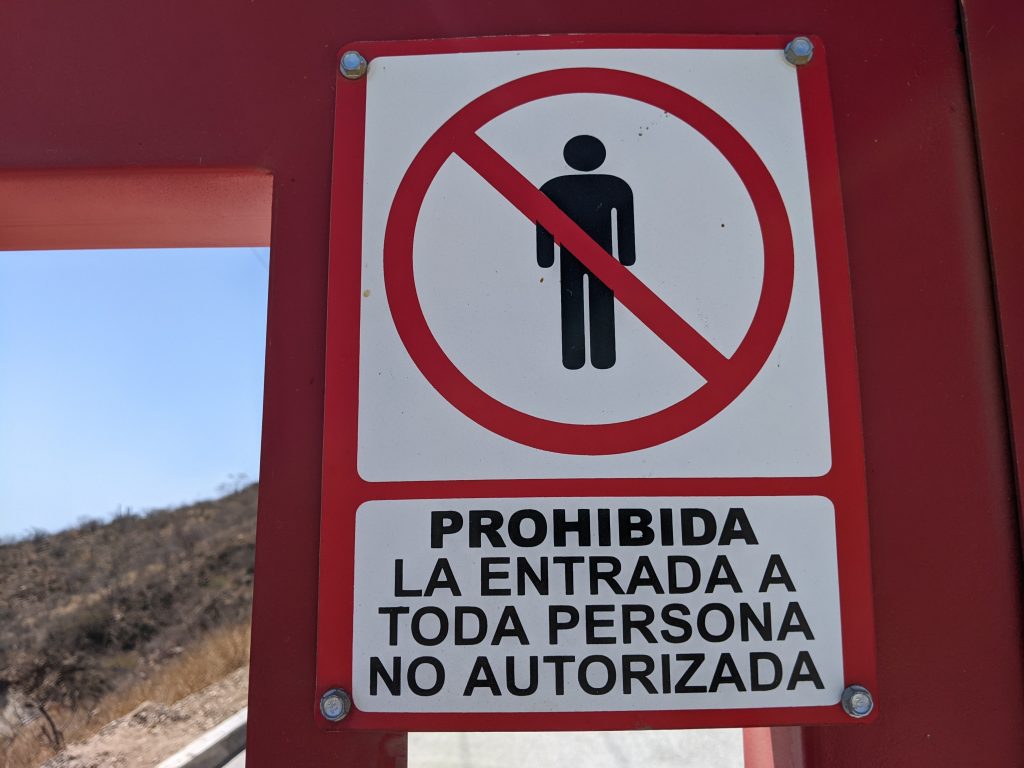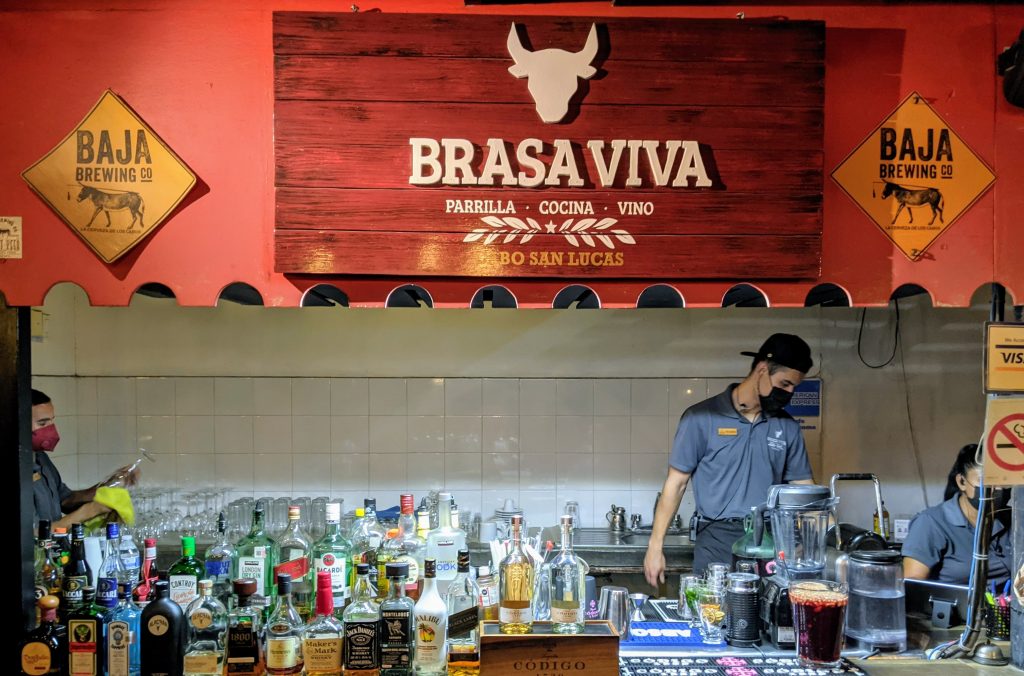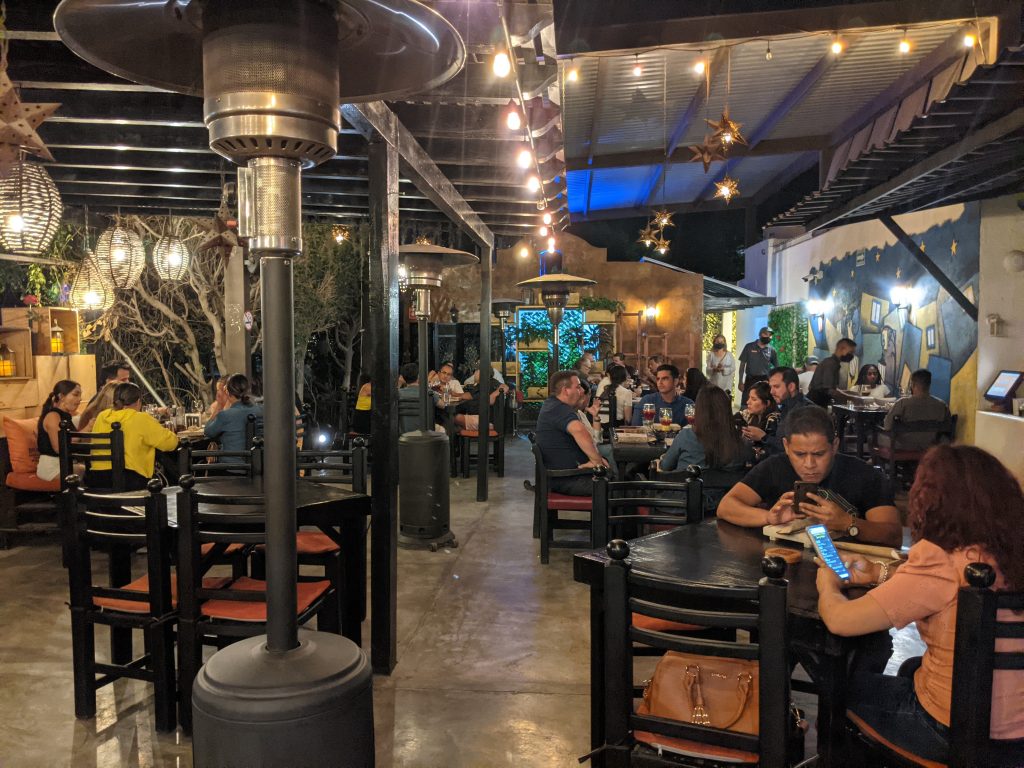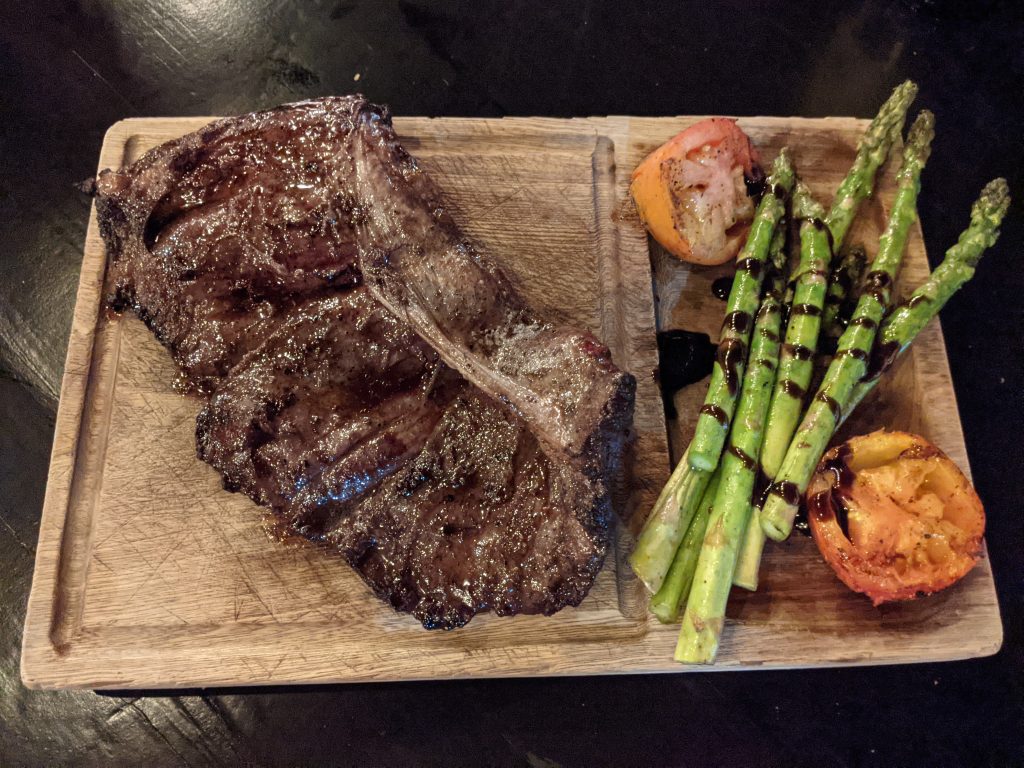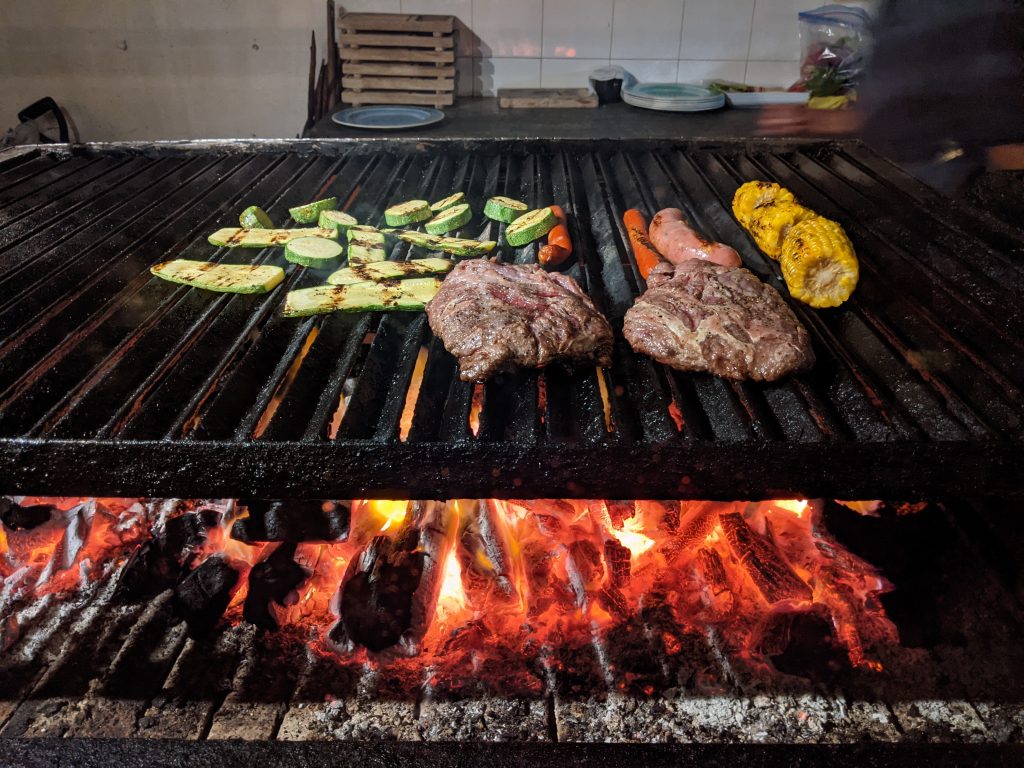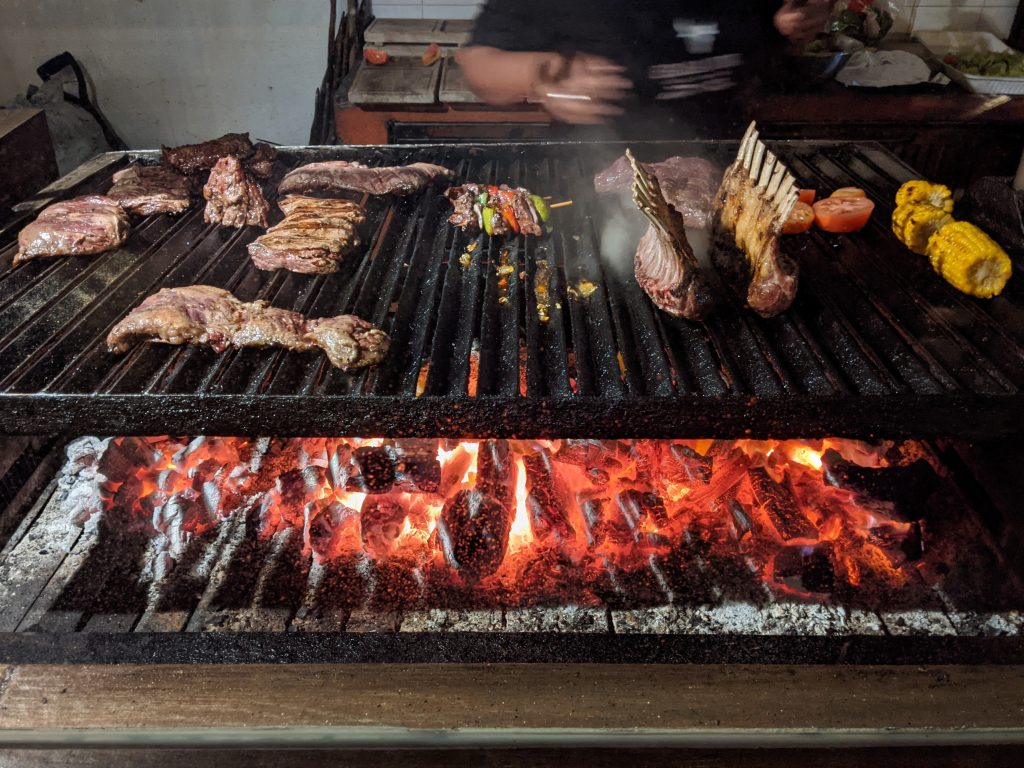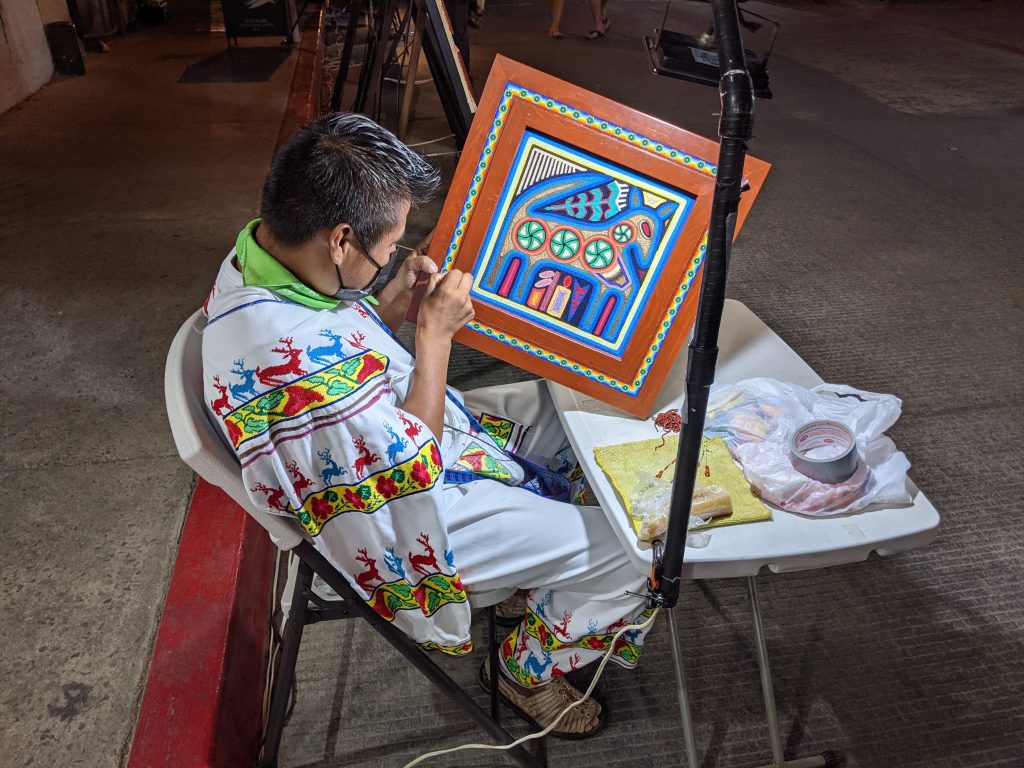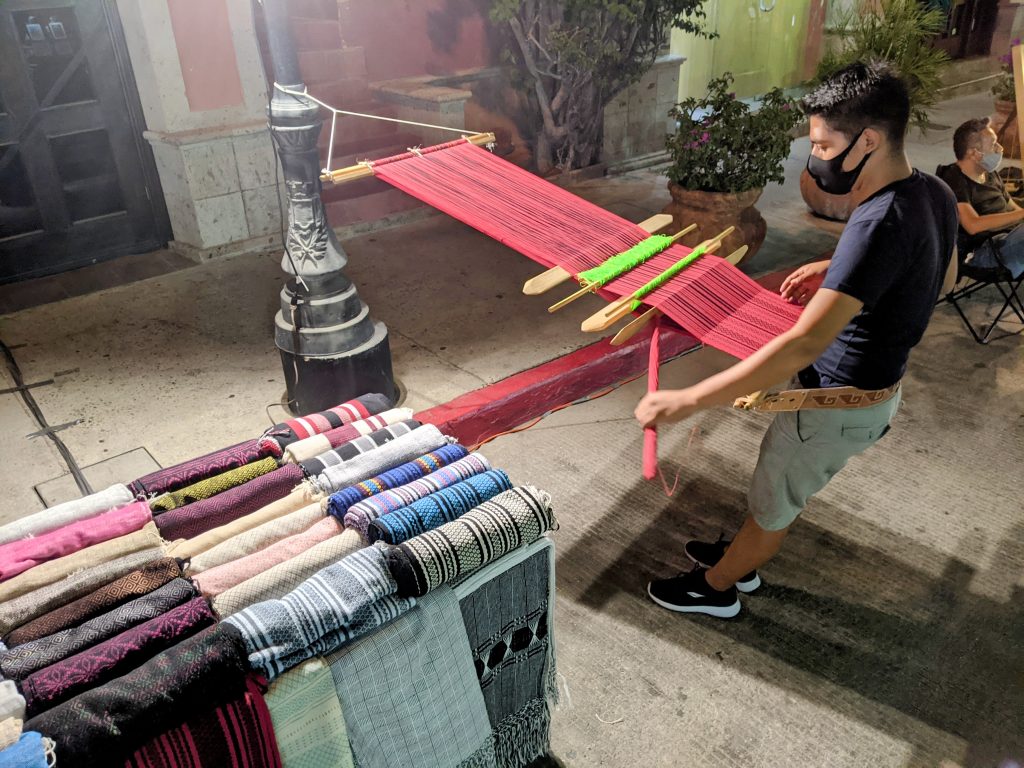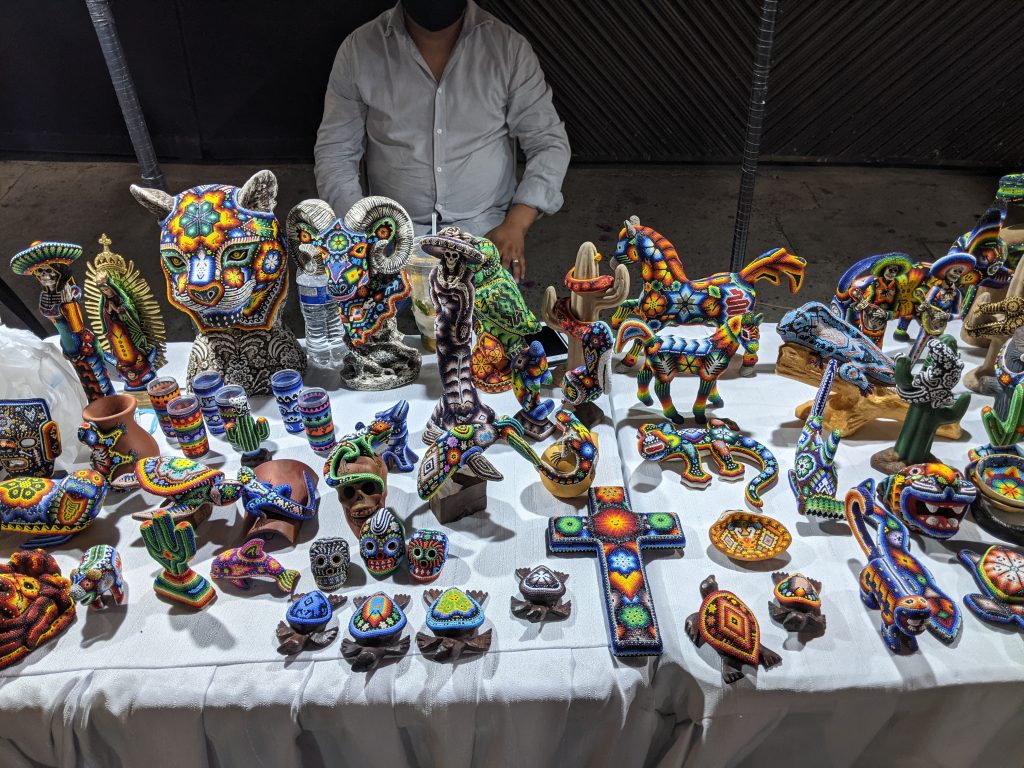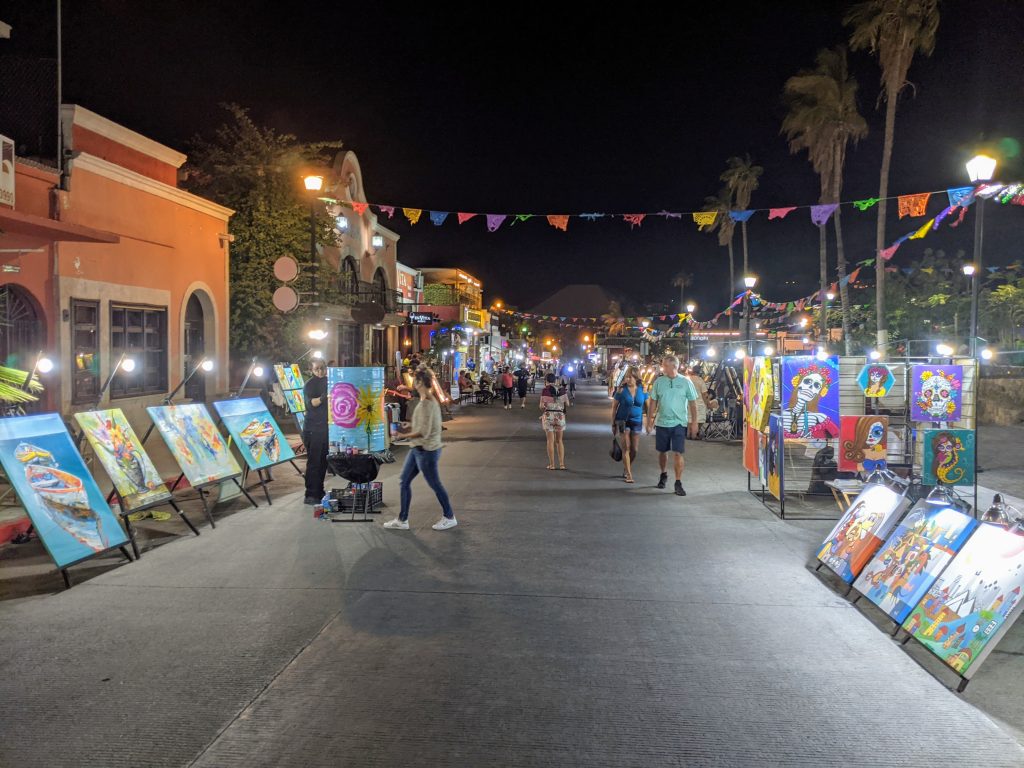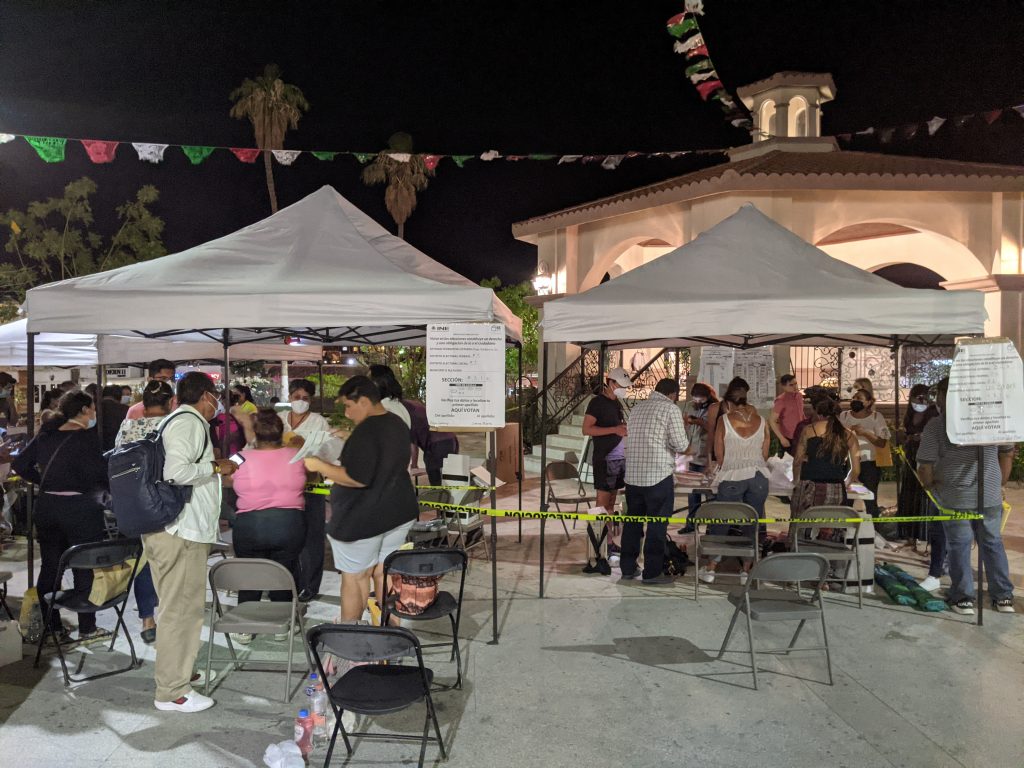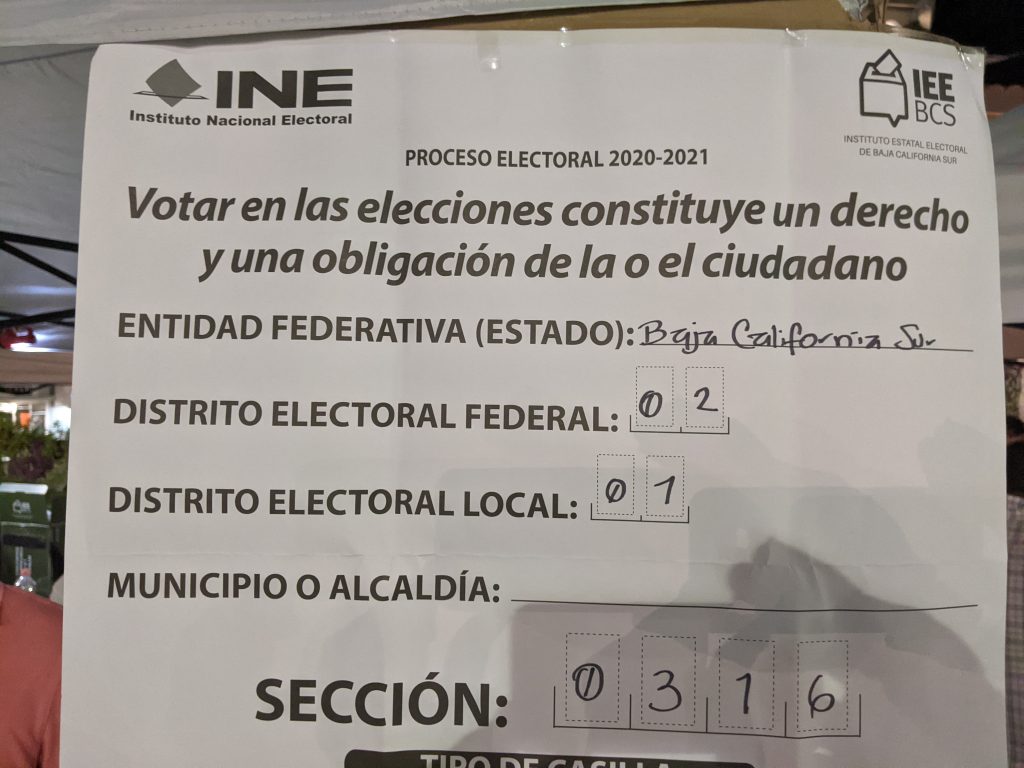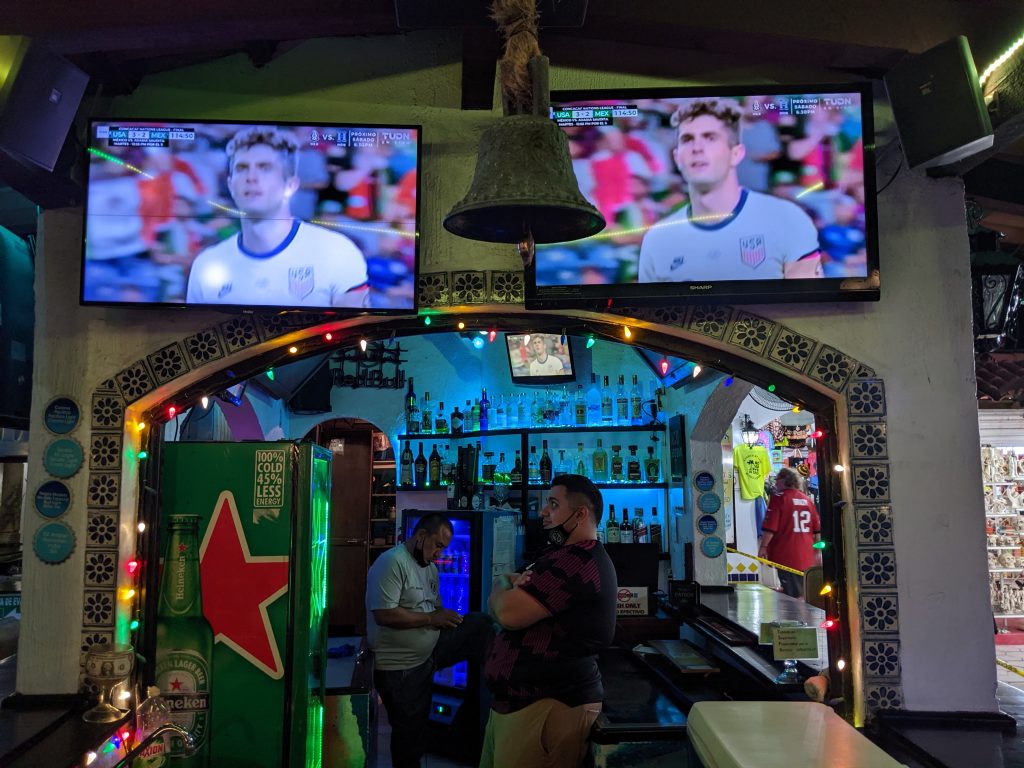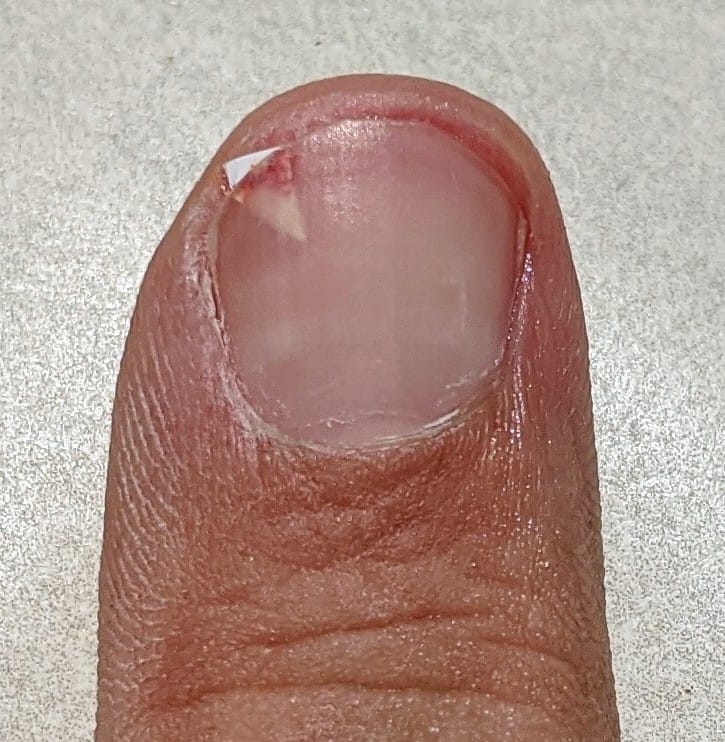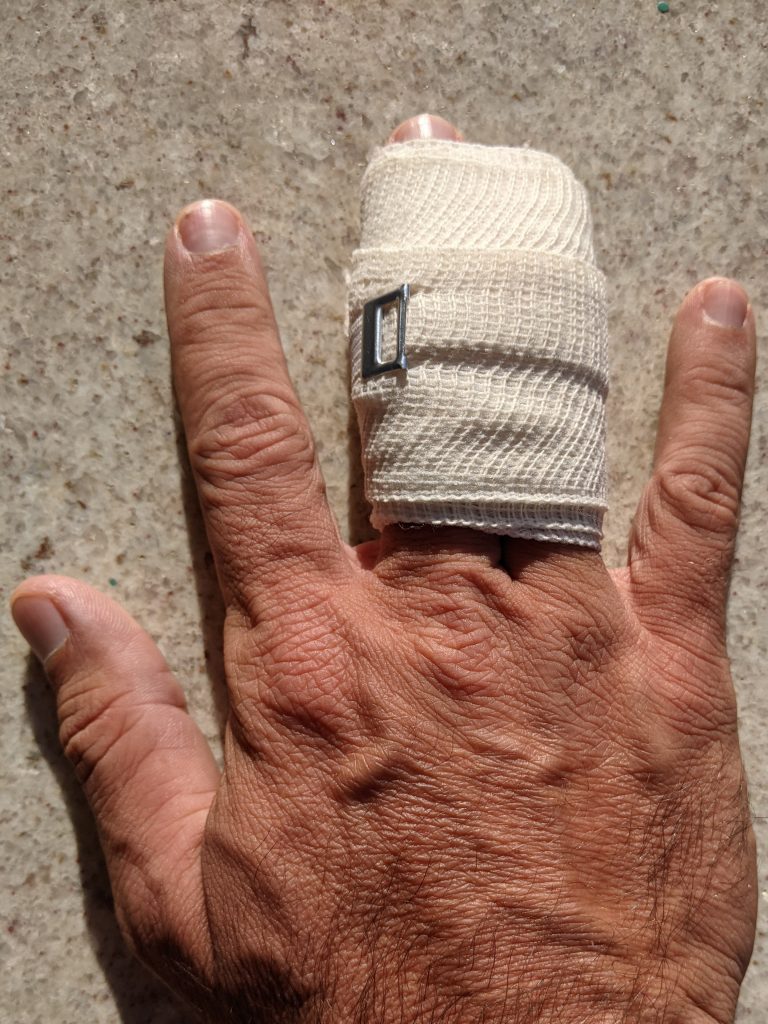Getting to know the Mexican side of Cabo San Lucas means getting outside of the resorts and tourist corridors. This time, travel won’t be a quick week-long visit but rather a longer stay to find and enjoy the local Mexican culture. After all, we are in Mexico and there are definitely Mexicans here so there must be some local cultural identity too.
Baja California begins here in Cabo San Lucas. That’s why they have a “KM 0” monument in town to signify that this is where Mexico starts. Will we find “Old School Mexico”? Well, we found a classic car that thinks it is.
Getting outside of the resort area means finding a different place to sleep at night. Even discount hotels can be pricey over time so the better option is to get an affordable apartment. There is no shortage of apartment for rent that can be found online. However, it’s even more common in Mexico for landloads to put signs in the apartment windows or afixed to the front of the buildings with a phone number to call. The apartments I looked at ranged from $200 USD per month that looked like a bombed out building from a war zone to $450 USD for a fully furnished apartment with marble counter tops, in a good neighborhood, and with security. War zones aren’t my style so I opted for the nicer $450 unit. Considering that some hotels rent for over $450 USD per night, paying $450 per month was a no-brainer.
Familiarity with the local people was next. It didn’t take long to discover that the locals are called “Choyeros” because their choyas (local colloquialism for “heads”) are in the sun all day. While it’s a term of endearment although I doubt, as a gringo, I’d even earn the title of choyero.
Daily Life Necessities
When living like a local outside of the all-inclusive resorts you’ll still need to eat. Therefore you can either eat out all the time, which can get not only expensive but also relatively unhealthy (as it is in any country), or you can shop for groceries and do a little home cooking. The main grocery stores are Chedraui and Soriana, both located about 2 kms north of the marina. There are also smaller specialty grocery shops such as tortillerias (tortillas), panaderias (breads), and carnicerias (meats) but they are not as prevalent in Cabo San Lucas as in other parts of Mexico while small businesses dominate over large chains.
Sure you’ve got food now but unless you have an endless supply of clothes you’re going to start to smell funny. Luckily there are neighborhood laundromats, known locally as lavanderías. In other parts of Mexico, pricing is based on weight but here pricing is typically fixed at 100 pesos ($5 USD) per laundry basket so be sure to fill the basket.
For when you don’t want to go all the way to the full-sized grocery store there are tiendas, what Americans call convenience stores. The tiendas in Mexico tend to be a bit more robust with more options and actually have food that can sustain a human for weeks at a time instead of just sugar-loaded junk foods.
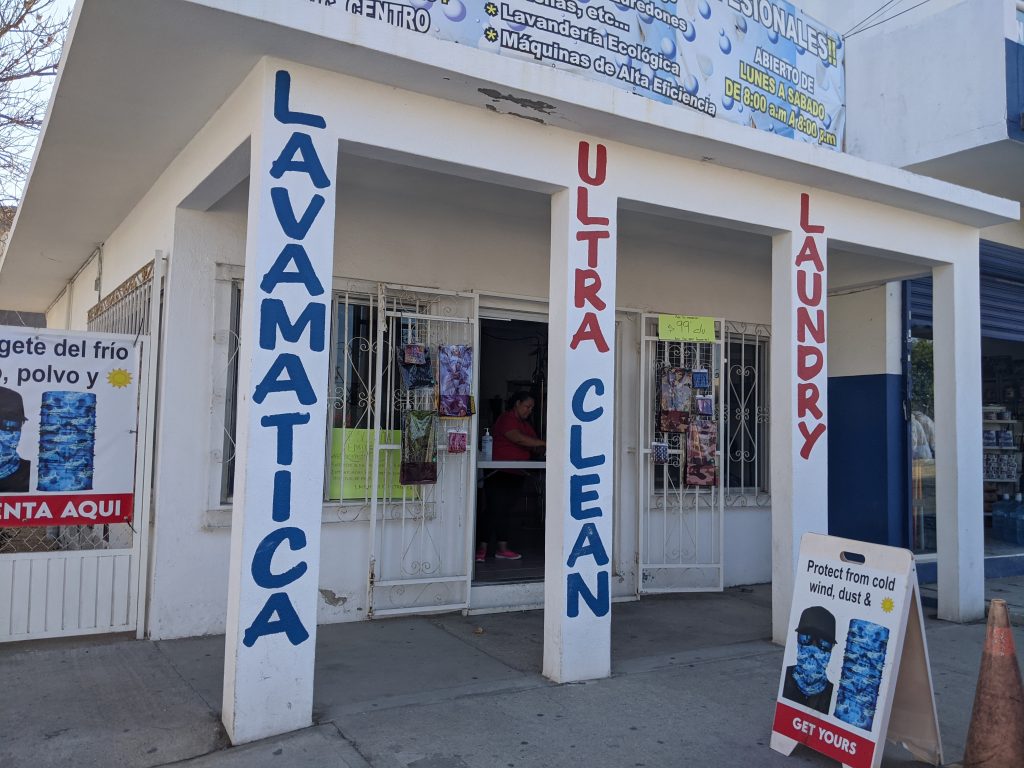
Lavandería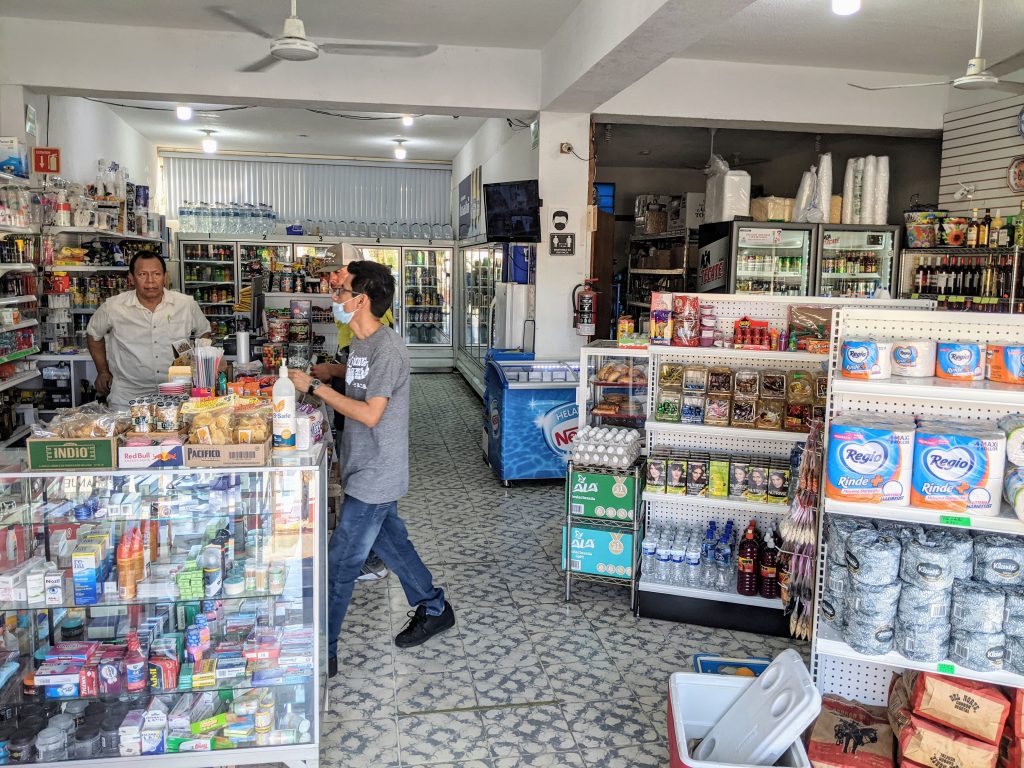
Tienda
(Convenience Store)
Everyone Loves a Mexican Barbecue
Why doesn’t like a good BBQ? Just like in the USA, Mexicans love a BBQ since its a great place to chillax with family and friends after a long week. My new Mexican friends invited me over and it was awesome! The grill was hot and the cervezas 🍺 were cold. It was definitely a communal activity with everyone helping out either cooking, setting up, serving drinks, or relaxing in the pool. Despite it being stereotypical, we had quesadillas and tacos with chorizo, onion, beef, and avocado. If it wasn’t for the risk of an ever-expending waistline I could eat like this everyday!
Cerrito del Timbre: Jardin de Botanico y Cultural
Across the globe, there are many beautiful botanical gardens. While the Royal Botanic Garden Sydney Australia is my favourite, the botanical garden & cultural centre in Cabo San Lucas will forever leave a last memory in my mind as the most disappointing. There is a certain beauty about the desert with the sands, cacti, and lizards. Perhaps it is because of the close proximity to the heart of the city or lack of funding due to no entry fee, but the garden appeared as if there was zero caretaking done in years. The wind-strewn garbage and beer cans definitely reduce the appeal and force the visitor to use their imagination as to what the garden could look like if it was maintained.
That being said, the admission is free and is easy added as a 10 minute stop during a daily walk. Just remember that it’s open Monday to Friday from 8:00 am to 8:00 pm. Perhaps if visitors brought a small trash bag and picked up litter the garden would slowly return back to the beauty that nature intended.
In addition to the uncared for cacti, there is some artwork in the form of a monument for tolerance, “The Wound that Makes Stronger”, by sculptor-founder of Cosmicart, Mr. Alexander Grosman. The sculpture is the broken six-sided star in the gallery below.
Museo de Historia Natural (Museum of Natural History)
Cabo San Lucas’ Museum of Natural History, located adjacent to the Zócalo & Plaza Amelia Wilkes in El Centro, was far better than I anticipated. It focuses on the natural history of Baja California from a perspective that includes geology, astronomy, plate tectonics, animal life, plant life, and the development of ancient humans. This includes both the land and surrounding waters of the Pacific Ocean and the Sea of Cortez. To complete the history lesson, the museum follows human development through recent history to highlight some of the first modern families to permanently inhabit Baja California Sur before the Mexican government authorized the infrastructure development projects in 1974 that turned Cabo San Lucas into a modern tourism destination. The museum presents the material in a very informative and easy-to-follow format for patrons both young and old. While Spanish is the primary language inside the museum, many of the information signs are also in English.
Admission prices are 20 pesos ($1 USD) for Mexican nationals and 40 pesos ($2 USD) for foreigners. It is open Tuesday through Sunday from 10:00 am – 7:00 pm.
Due to covid restrictions, patrons are requested to wear plastic gloves because many parts of the exhibits are parts that require hands-on touching such as information wheels that spin.
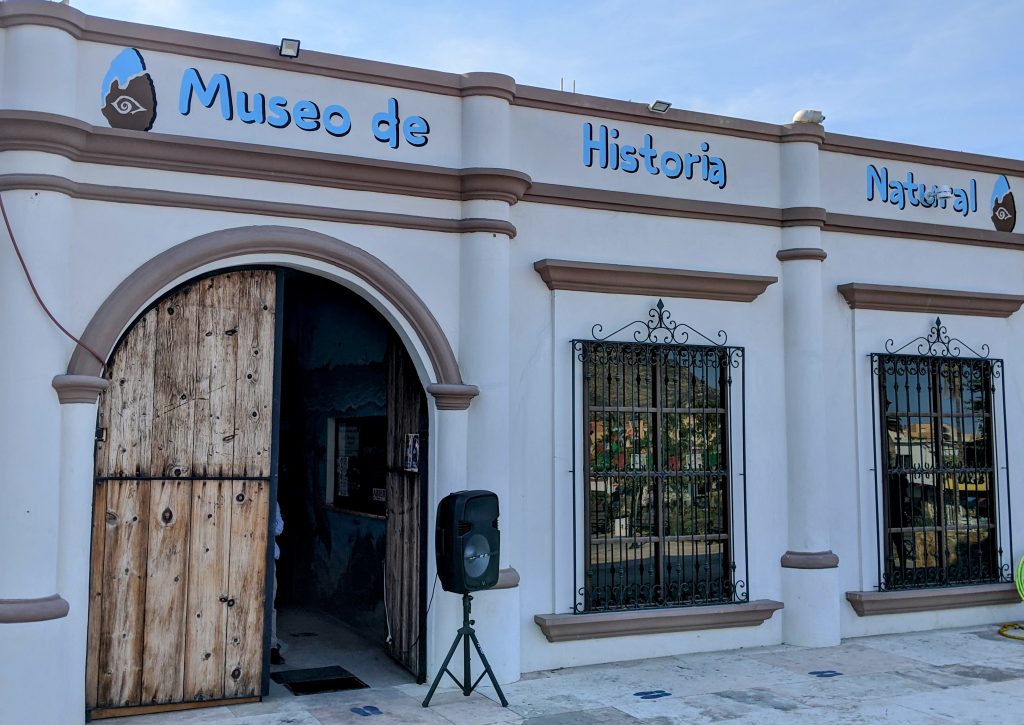
Hiking
Mt Solmar, located near the southern point of Cabo San Lucas overlooks Land’s End. The hike is led by local dog-trainer Enrique Morales who lives across the street from the local naval base. Supposedly there are other routes up to the summit of Mt Solmar, such as via the beach which involves a steep climb and some bordering skills over cactus, but the land is apparently private property.
The hike started at 8:15 am but be sure to get there a little bit early. Rumor has it that there were multiple guided hikes per day but the day I went there was only one hike scheduled. Perhaps it’s because it was June and it gets hot way too early or perhaps because it’s more convenient for Enrigue to have one large group in the morning instead of multiple small throughout the day. Either way, you can double-check the sign on his fence with up-to-date information.
The majority of the hikers were English-speaking so Enrique gave his presentation in English, but he also speaks Spanish for the approximately 20% of hikers who were Mexican. During the presentation, Enrique talks about the history of Cabo San Lucas, geology, and the natural energy of the mountain. The hike takes about 2 hours in total including the presentation, hike up, time at the summit, and hike back down. The distance is only about 3 kilometers but with the rugged terrain and the 136 meter (446 ft) altitude gain it helps to be in shape.
Be sure to wear solid shoes and nor sandals due to the cactus, look sand, and the possibility of rattlesnakes. Solid shoes won’t actually protect you from the snakes but when you get startled by the snake you’re less likely to slip and sprain an ankle. For the safety of hikers, when Enrique does find snake eggs he relocates them north of the city to a cornfield where there are lots of tasty rodents. It’s a win-win for the hikers and the snakes.
Cost: Free (but Enrique gladly accepts tips)
Cerro de la Z is another local hike that I heard about from a local friend. It is completely unguided but hopefully this summary will help as there are two ways to go: 1) the road or 2) a rocky trail.
I opted for the trail because road-walking sucks and trails are closer to nature. Sure there were a few cacti but this is in the desert of Baja California after all.
Head west on the paved road Libertad, continuing west as it becomes a dirt road.
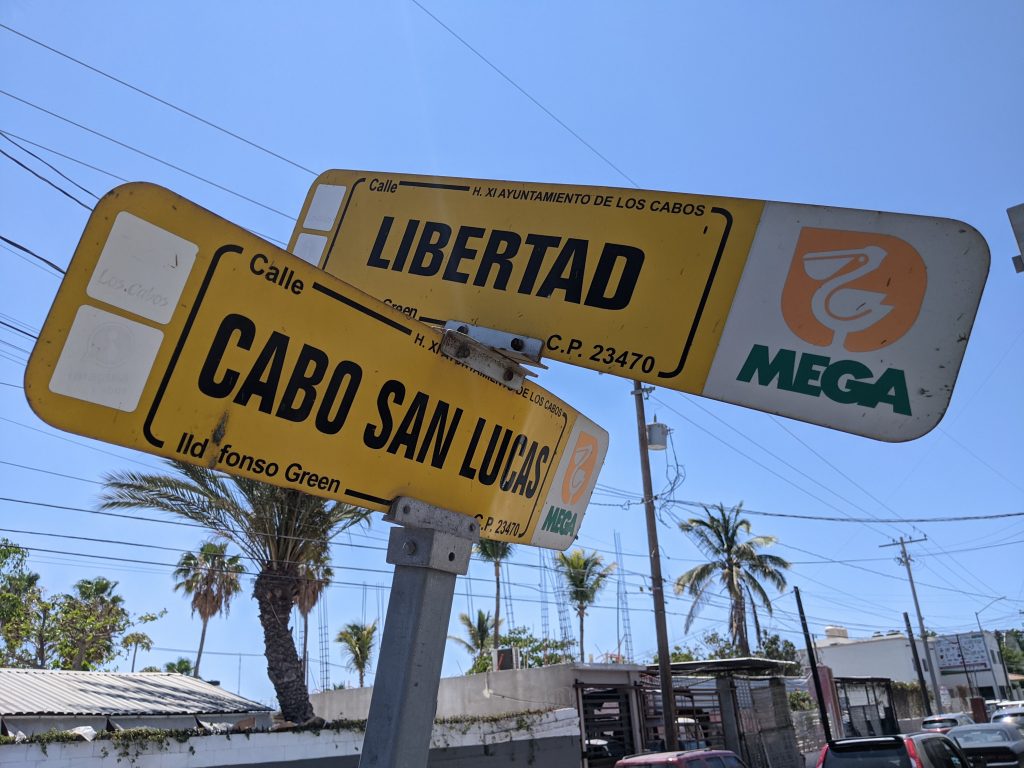
The road will bend to the right and then to the left. Just keeping following it up until you see a small path that looks like the trail below.
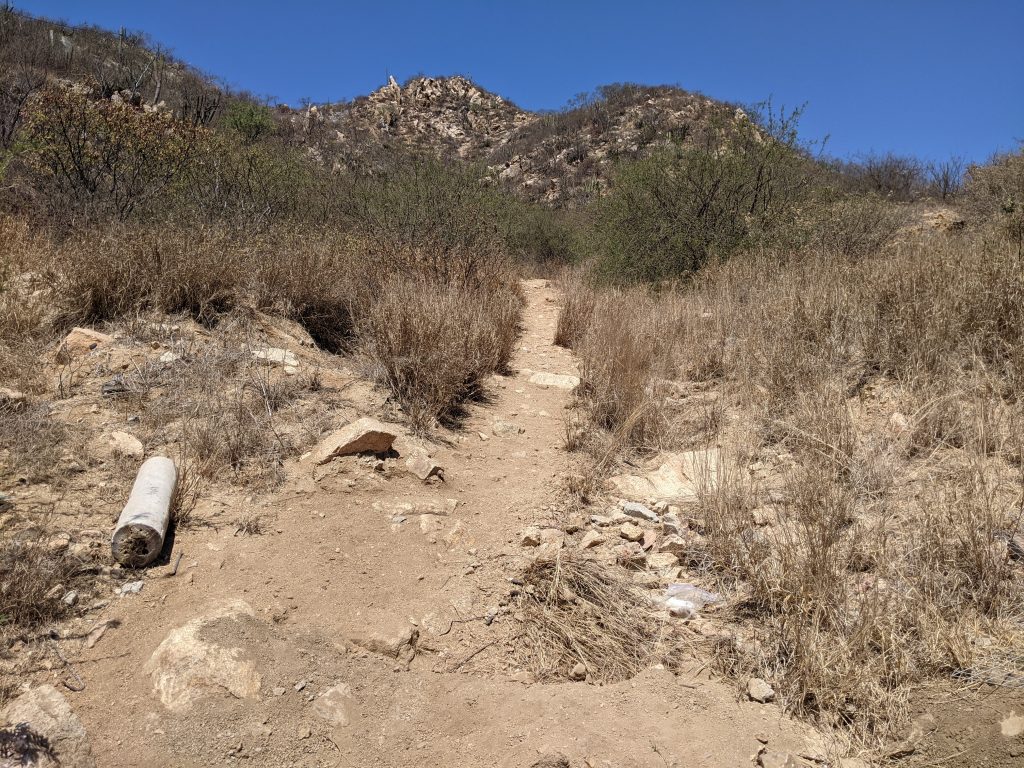
Keep following the trail until it merges with a paved concrete road for about 50 meters. But then when the road takes a sharp 90-degree turn to the left be sure to rejoin the rocky trail straight ahead.
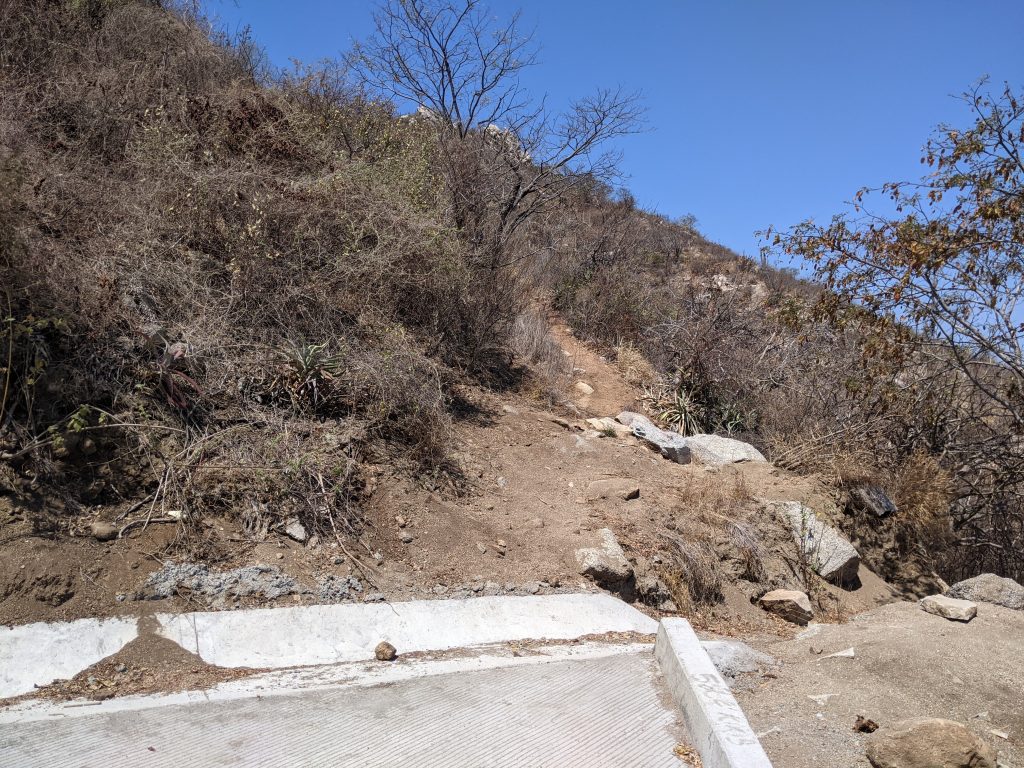
The views behind you to the north while hiking uphill provide a great opportunity to see Cabo San Lucas’ non-tourist areas. From here you look down to see the commercial sector just 2 km away. If you look closely you can see Tijuana…just kidding! But, you can see pretty far.
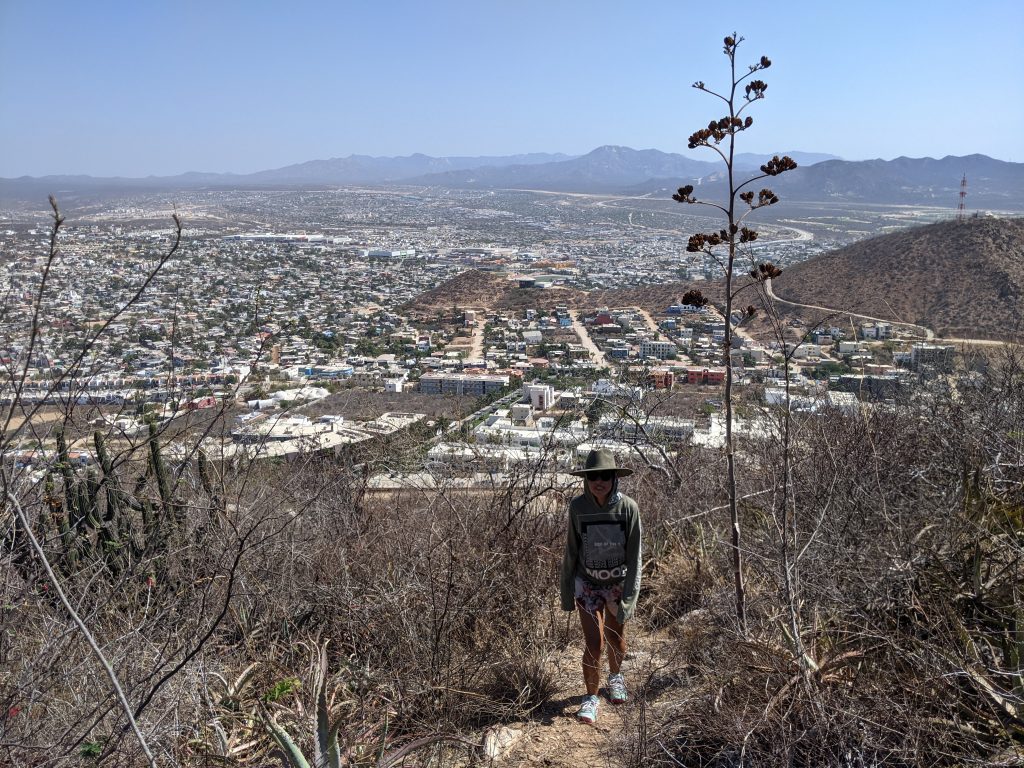
Follow it further up until you see the Pacific Ocean. You’ll see wealthy homes below you. Reportedly, stars like Sylvester Stallone, George Clooney, Michael Jordan, and Sharon Stone have homes here.
Head south on the ridgeline to get to the meteorological station. On the right is a small path that’ll bring you to the high point where you can get an awe-inspiring panoramic view of both the Sea of Cortez and the Pacific Ocean.
Reaching the top took about an hour and I was getting hungry so I followed the road down because it was the fastest way to get a delicious torta for my stomach.
About 10 minutes downward on the road there’ was a red gate with a sign in Spanish that basically said no trespassing. OOPS!
Further down the road there’s a sign in Spanish that said federal property do not enter. DOUBLE OOPS!
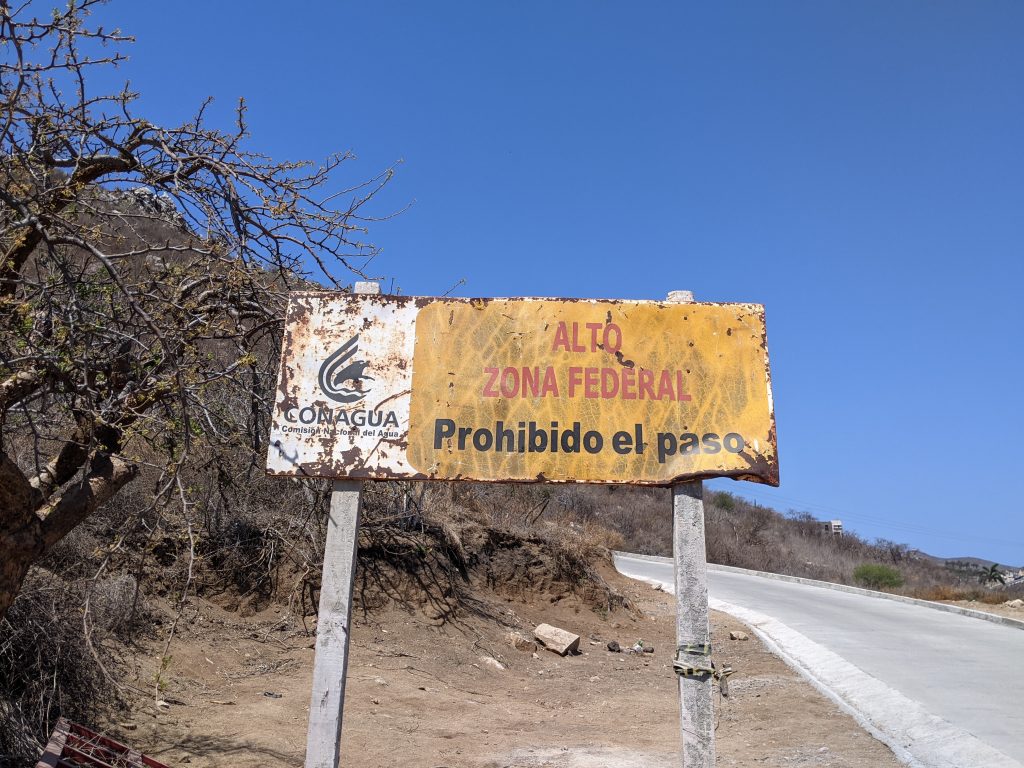
So, apparently this is now a prohibited hike despite it being well known by the locals and the path having seen lots of foot traffic in the past. Someone at the meteorological station even came out and waved but didn’t say anything.
Apparently, this trail was only recently closed due to a few bad apples leaving trash and spray painting some graffiti on the rocks. So, if you want “plausible deniability” then take the rocky trail up since there are no signs. 😉
Due to the geography it’s one of the few places in Cabo to actually see the sunset.
Upscale Local Food
Located about 7 blocks north (2500 ft) north of the marina is the local steakhouse Brasa Viva. Not only is the food here absolutely delicious and perfectly prepared but it differs from the standard Mexican fare of tacos, tortas, and chilaquiles. Interestingly, the clientele was easily 95% Mexican locals with families, couples, and the occasional solo diner. The steaks are so good that steak sauce and ketchup and nowhere in sight. Ok, no self-respecting steak eater would put ketchup on them but sadly I’ve seen Americans do it back home.
Street Art Festival
On Friday nights on the east side of the Zócalo is the weekly art festival. Here, local artisans exhibit and sell their hand-crafted works to locals and tourists alike. The streets are closed to vehicle traffic turning the area into an open-aired walking mall. If you get hungry there are carts with Mexican street food vendors with everything from pastries to tlayudas. Unfortunately as of the date of this article’s publication, the weekly art festival is temporarily suspended due to rising covid cases in Cabo San Lucas.
Mexican Elections
Coincidentally, I just so happened to be in Cabo San Lucas during their recent elections on the 6th of June. Polling locations were scattered across the city as well as in the Zócalo. It was very peaceful with no signs of political pressure or violence of any kind. However, according to a fellow respected traveler in other parts of Mexico, “at least 89 politicians, including 35 candidates, were killed in more than 200 days of campaigning”. Apparently, just like in real estate, it’s all about “location, location, location”.
Notably, on election day in Cabo San Lucas, it was illegal for Mexican nationals to drink alcohol. Foreigners were not included in this prohibition as they are not part of the electoral process.
USA vs Mexico Soccer Game
The 2021 CONCACAF (Confederation of North, Central America and Caribbean Association Football) Nations League final was held on 6 June in Denver Colorado between the USA and Mexico. Yes, it was actually held on election day so Mexicans couldn’t legally drink making for a less rambunctious Mexican fan contingent. The game was well played by both sides with a back-and-forth 3-2 overtime victory for the USA. Of course I cheered for my home country of the USA but Mexico is like our cousin so I wish them the best in future games against other countries.
Drug Cartel Influence
The one thing I hear from many of my American friends when I tell them I’m going to Mexico is that “it’s dangerous” and “be careful of the cartels”. As Seargent Hulka said in the classic 1981 movie “Stripes”, “lighten up Frances”. You’re far more likely to get hit by a car in Cabo San Lucas than to be a victim of cartel violence. Yes, the cartel is here but they are in business to make money. Money flows better when there is less violence and things are calm.
According to a local friend, knowing higher-ups in the cartel can actually be a good thing. When my friend’s friend was having some problems with an irrational/crazy ex-lover who was causing trouble a quick call to the cartel boss helped resolve things very quickly. Apparently the police aren’t very helpful or timely but the cartel bosses are very proactive in resolving disputes. The cartels resolve issues with financial business incentives and not through violence.
Speaking of the police, apparently the going price for bribes if you’re being hassled by the local cops is 500 pesos ($25 USD). Just be sure to hide any additional cash you have or else the cop you just paid will call his buddy down the street and you’ll be stopped again and squeezed for an additional 500 pesos. This is most likely due to the low pay the local police receive and the relative wealth of the foreigners. Note, this typically only happens outside of the tourist corridors and usually it’s because you’re doing something to draw attention like drinking and driving or littering.
An example of cartel and police coordination has to do with after hours night clubs. After a certain time all clubs are supposed to close. But, the cops are on the payroll to look the other way as the cartel-protected clubs stays open. Of course the club owner pays the cartel for their protection services. It’s really not that intricate and probably models itself after similar “arrangements” in certain areas of the United States.
Potable Water
Unlike in the resorts and hotels, most tap water in Cabo San Lucas is not potable despite the underground aqueduct covers that roughly translate to “potable water for everyone”. According to a local friend, the city has the capacity to provide potable water through desalinization plants. Unfortunately, there are people in positions of power and influence who make lots of dinero via the bottled water industry whose income stream would be adversely impacted if people had potable water from their taps. Luckily bottled water isn’t expensive.
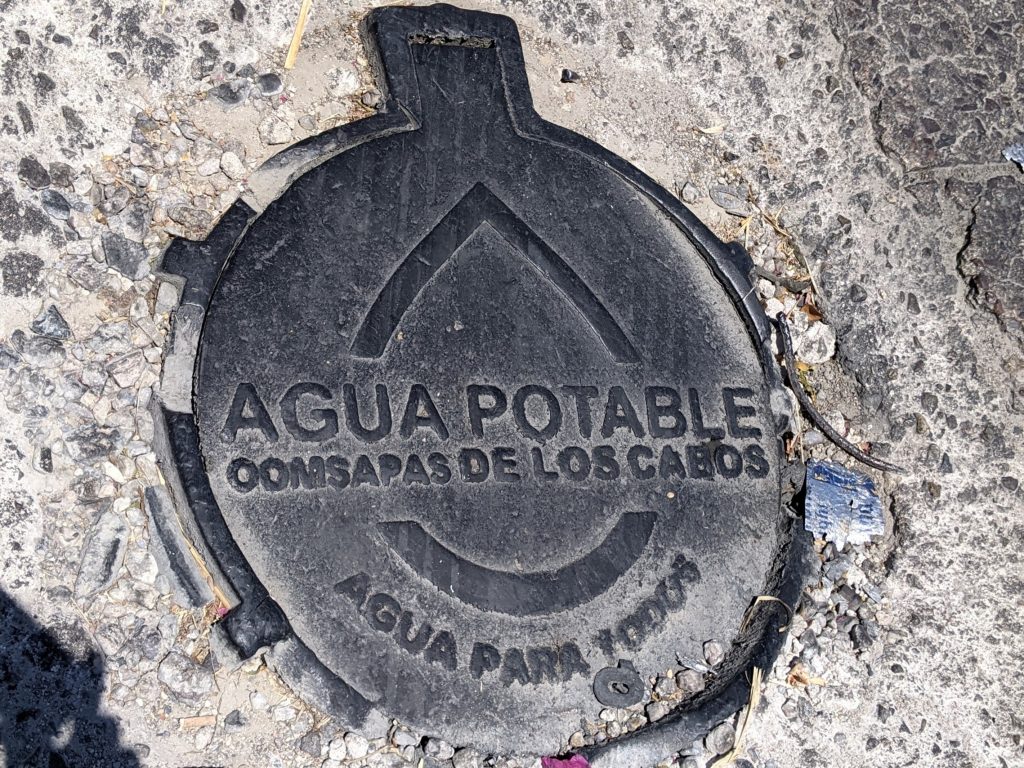
Mexico can be “dangerous” (if you are accident-prone)
Ok, “dangerous” is a relative term depending on what activities you like to partake in. As for me, I have a tendency to get hurt no matter what I’m doing. While helping a boat captain drop the boat’s anchor I managed to get a paint chip driven under my fingernail. I’m not sure if it hurts as much as the infamous World War 2 interrogation technique of placing shards of bamboo under the fingernails but it definitely hurt. Then a few days later while grocery shopping my wobbly-wheeled grocery cart tipped over twisting my finger as I tried to keep it upright. I’m not sure if my finger was broken or just severely sprained, since the finger was already crooked from a sports injury many years ago, but a 13 peso ($0.65 USD) elastic wrap from the local pharmacy helped splint and stabilize it to the adjacent finger while it healed.
Hospital Care Options
If you aren’t comfortable with self-care then fear not because Cabo San Lucas has ample medical options. In fact, there are almost 20 hospitals and primary care medical facilities. The highest-rated of these are Saint Luke’s Hospitals, which have 24-hour emergency rooms. These medical facilities can handle not only routine and emergency medical needs but can even perform covid testing. Of course, call ahead as services may vary by location.
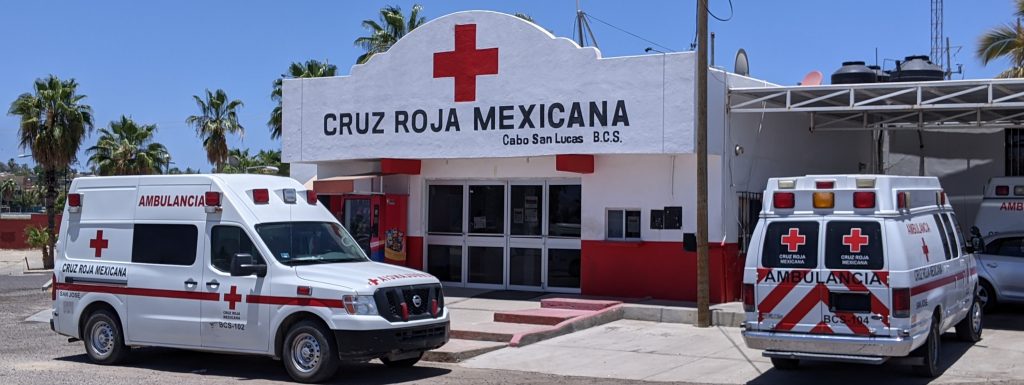
Conclusion
There are definitely two sides of Cabo San Lucas, the Mexican side and the ‘Little America” side. The best part is that you don’t have to pick just one side to partake in. Whether you are Mexican, American, Mexican-American, or from another country you can freely cross over and experience as much or as little of either side you want. Essentially, you can fit in anywhere within your comfort zone that you feel most comfortable.
